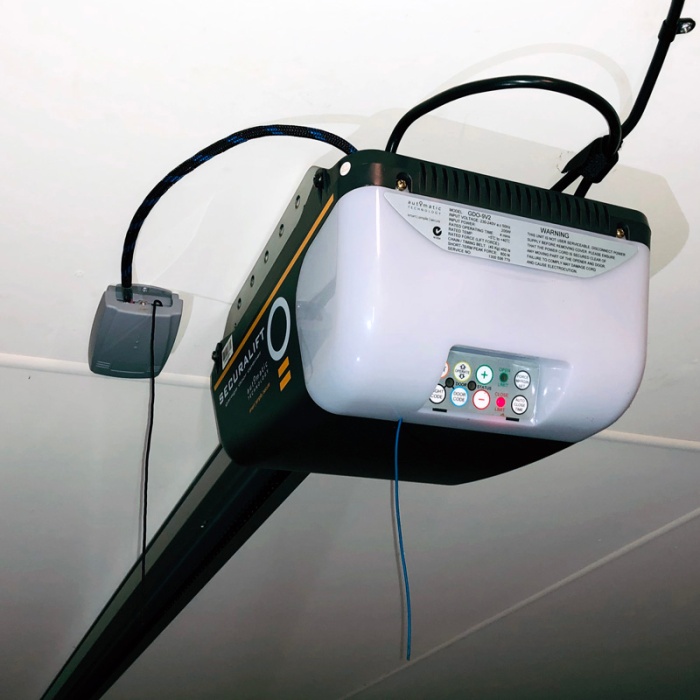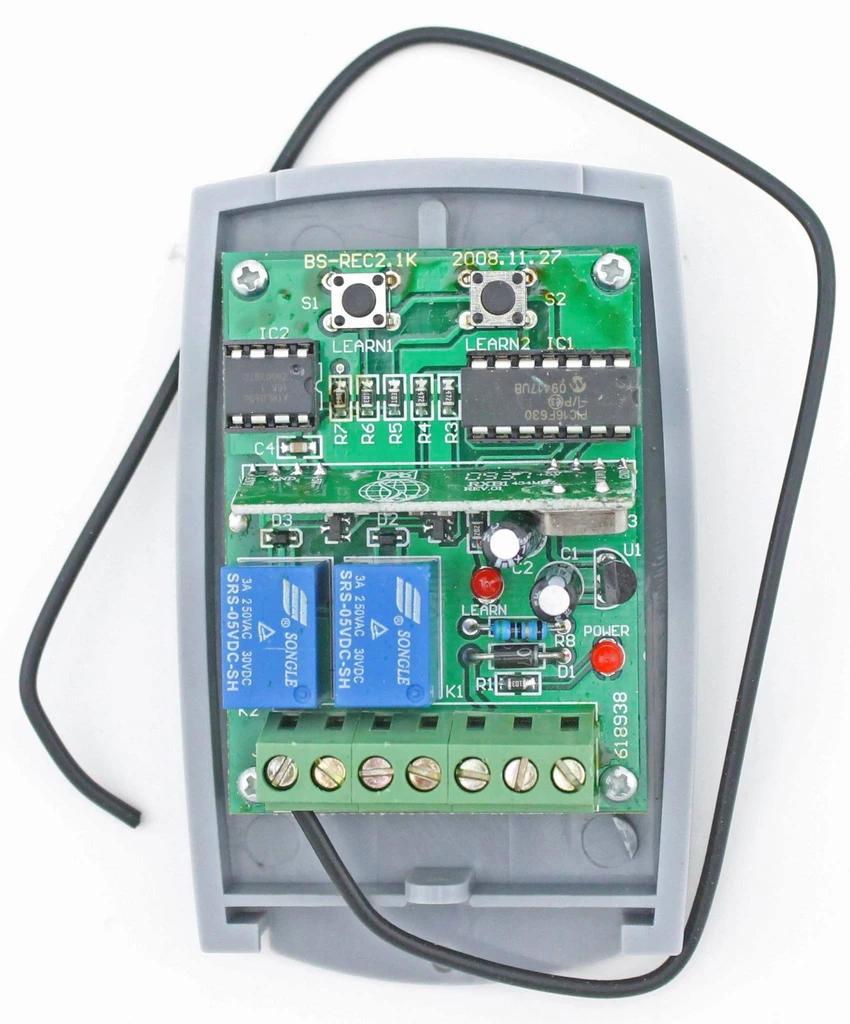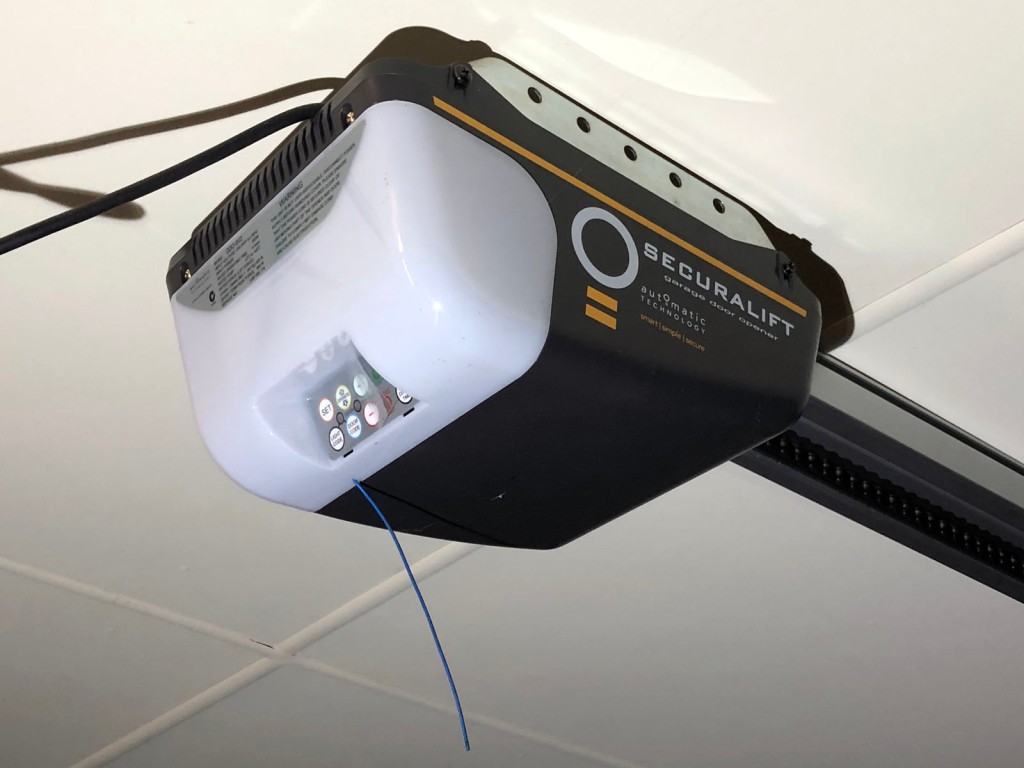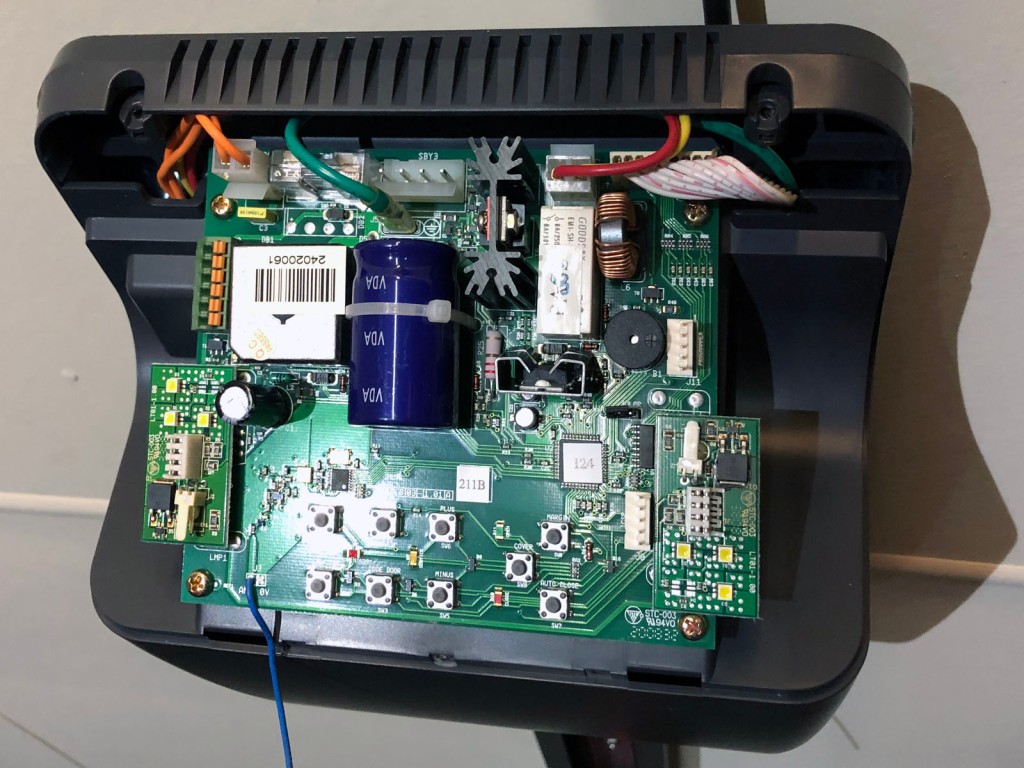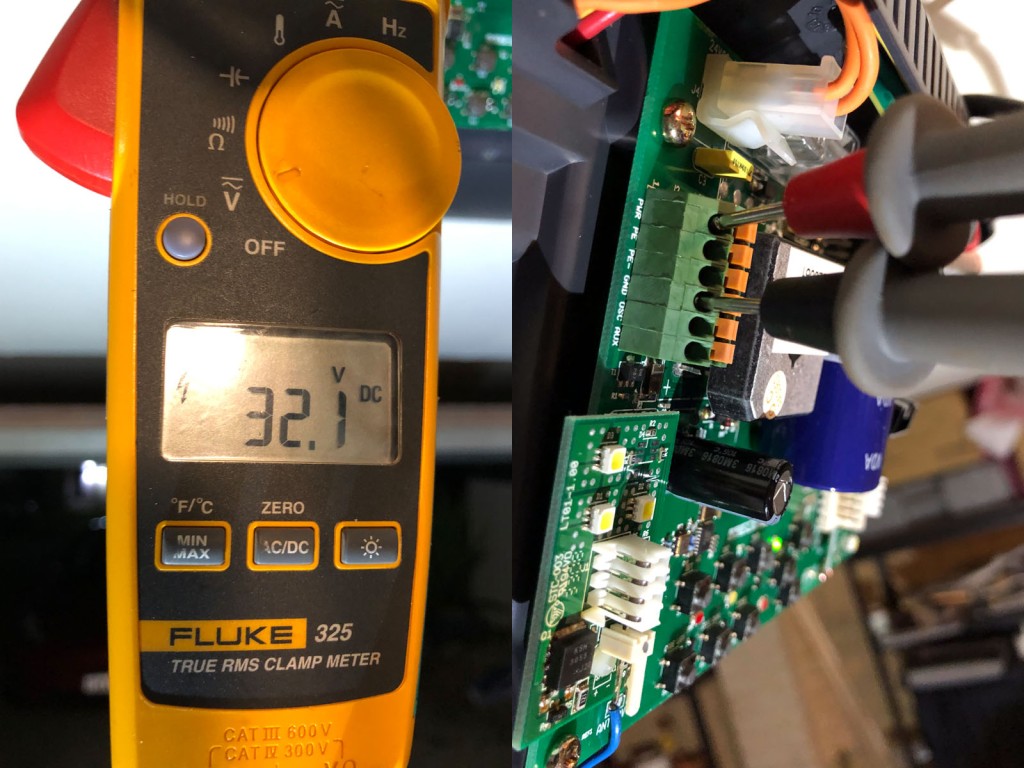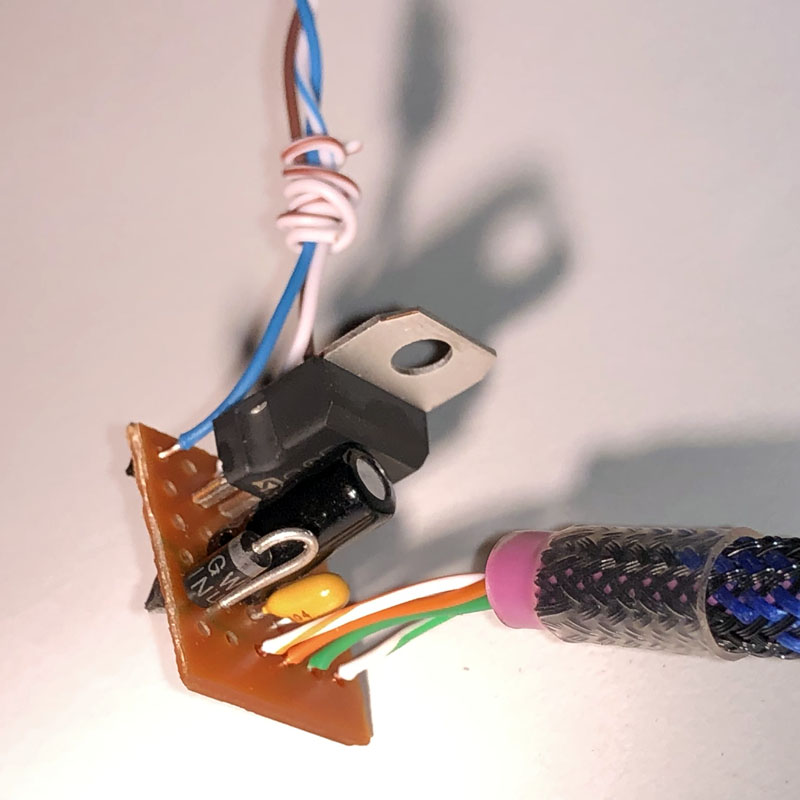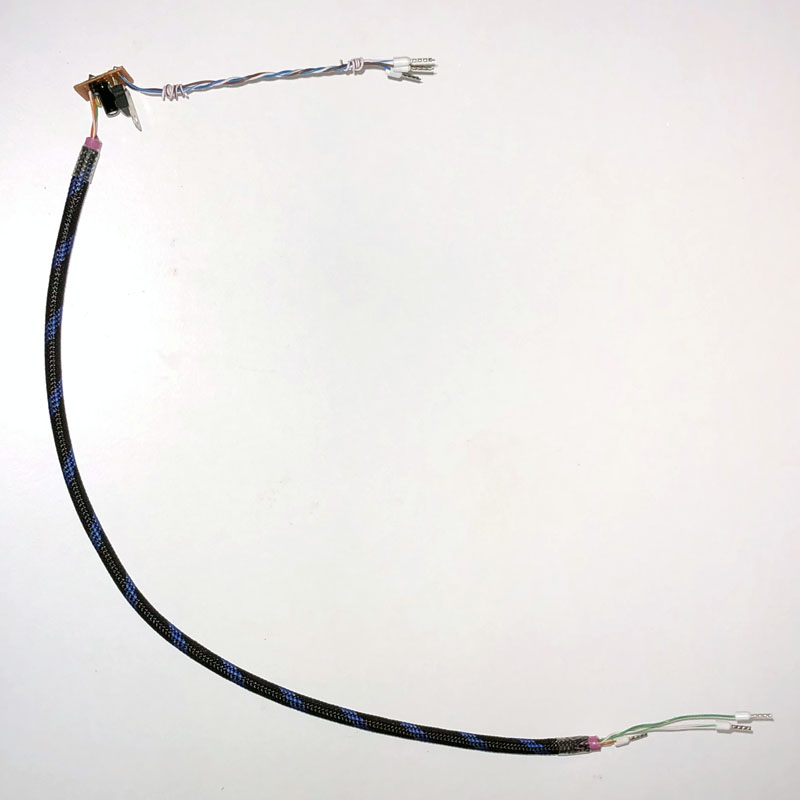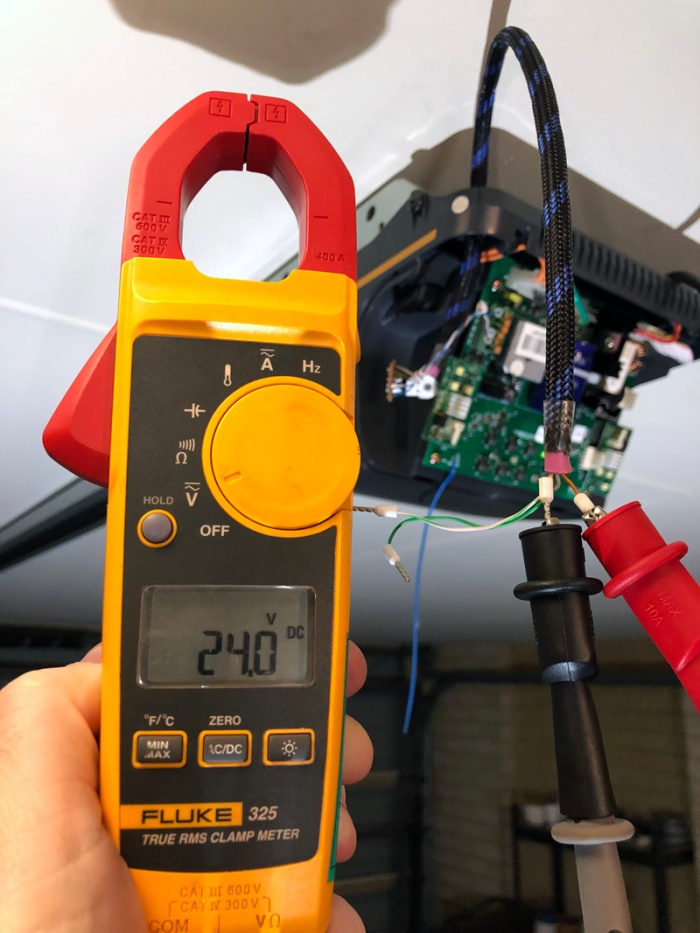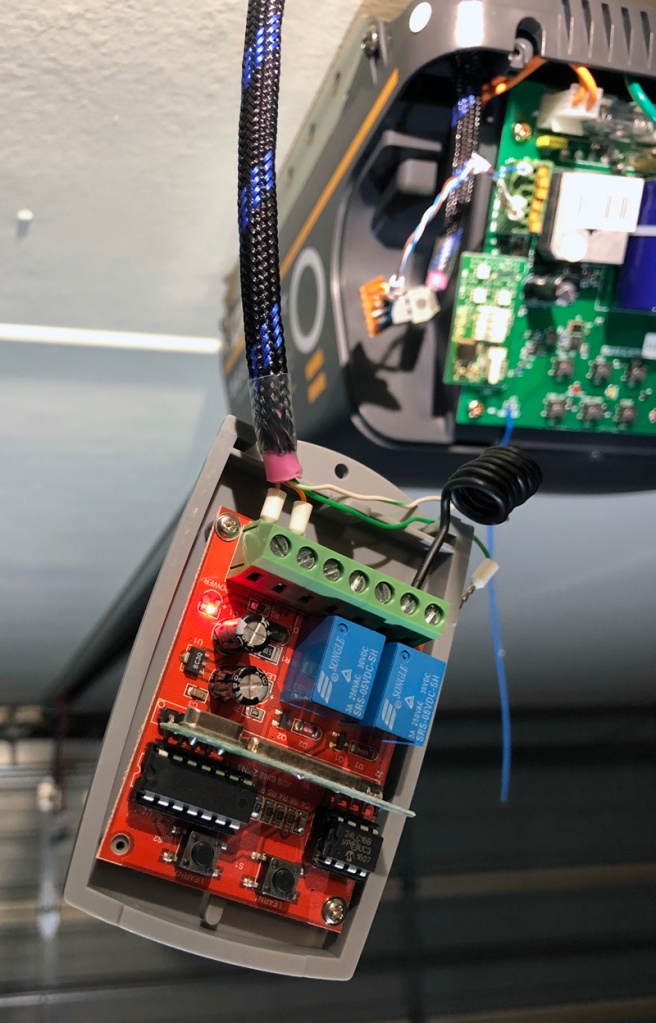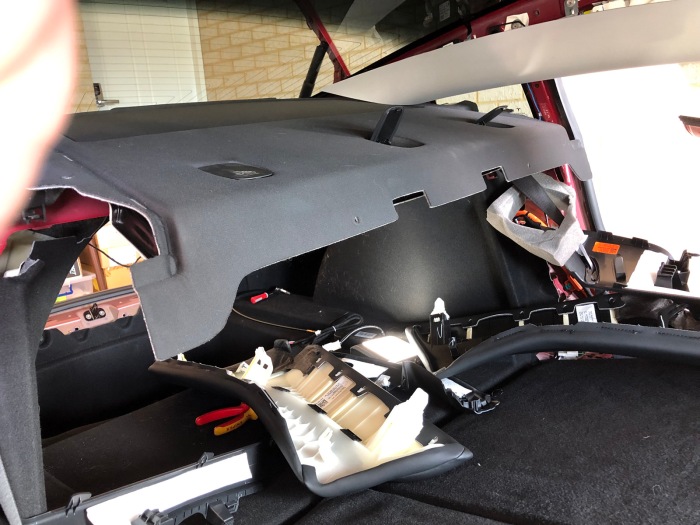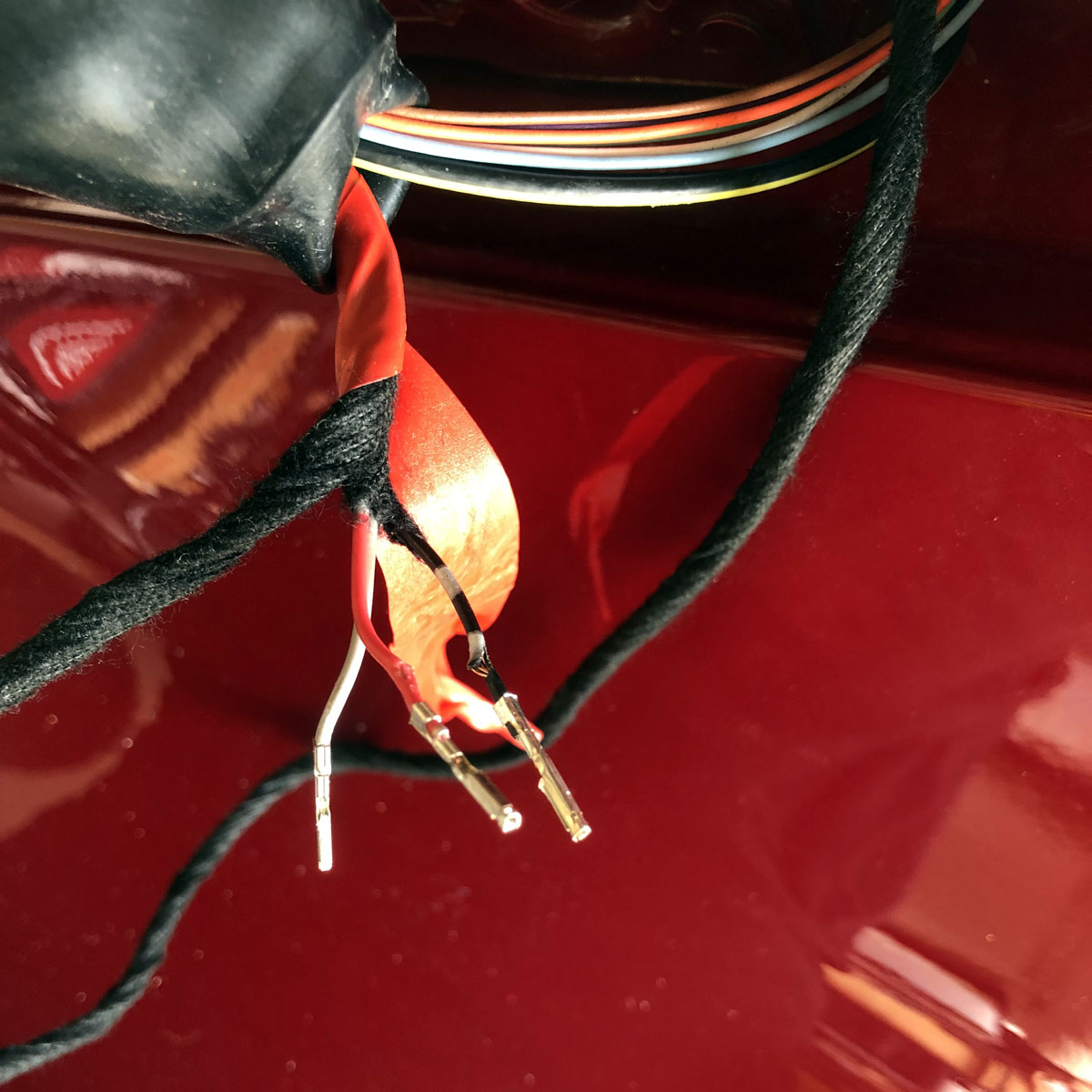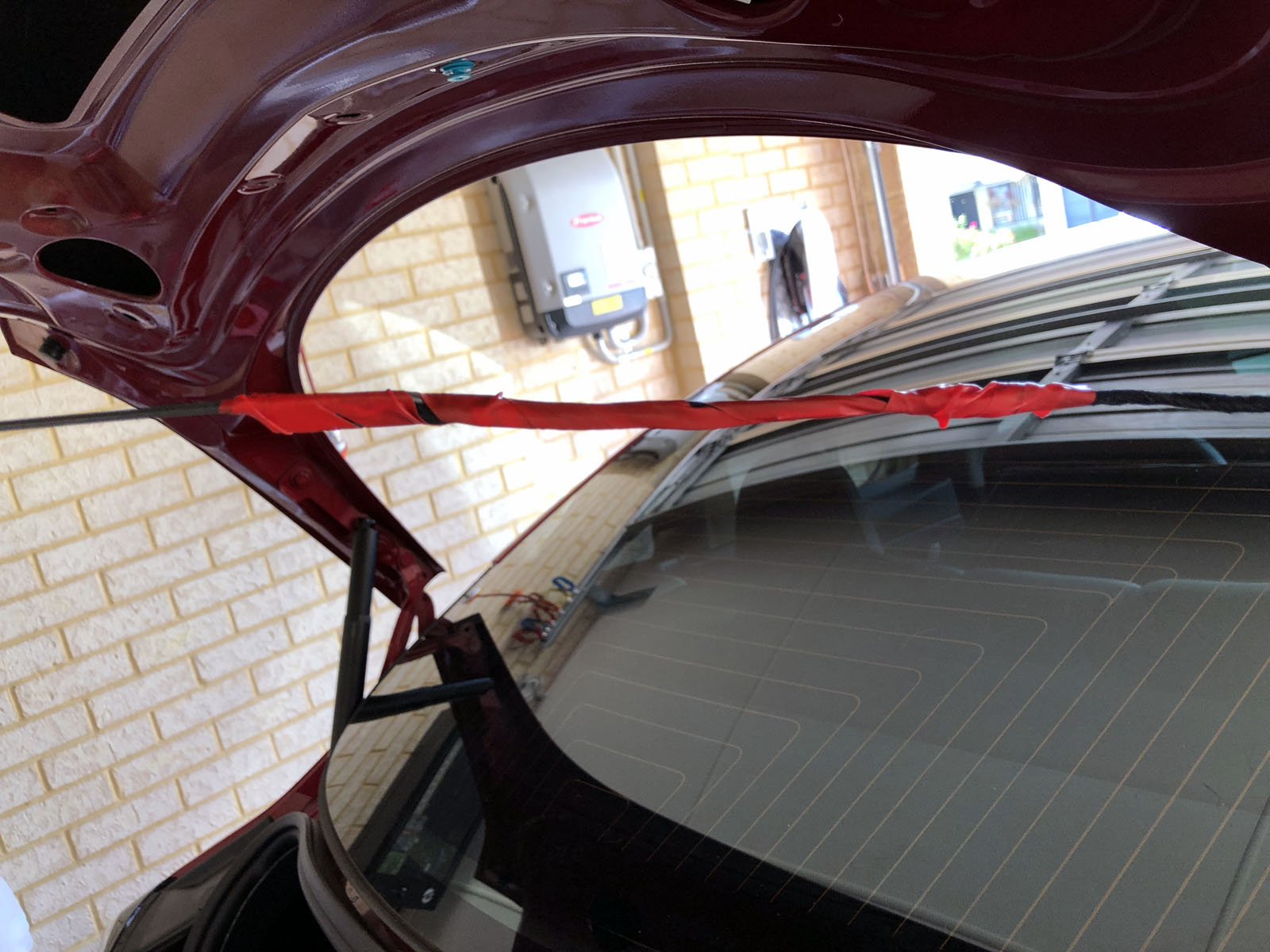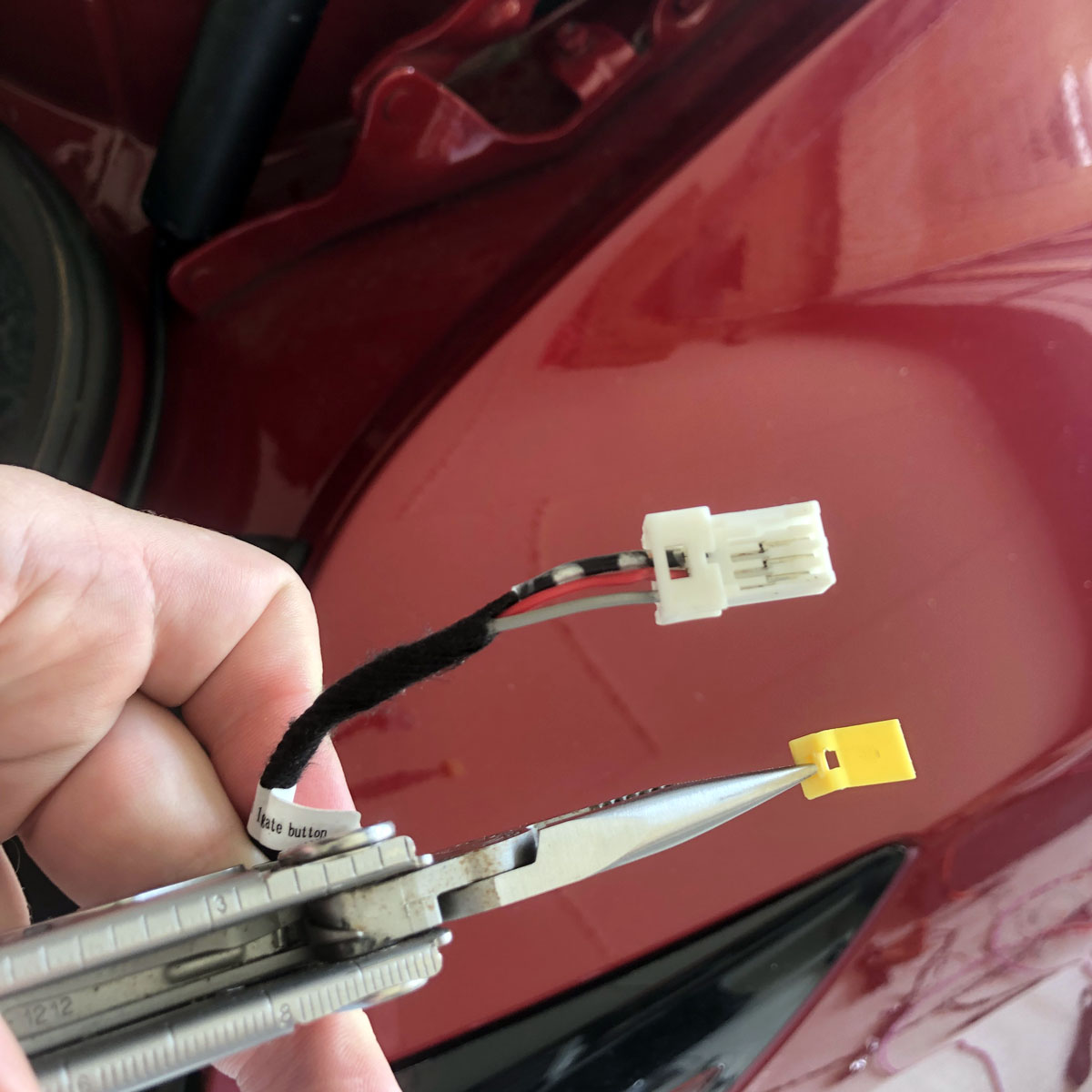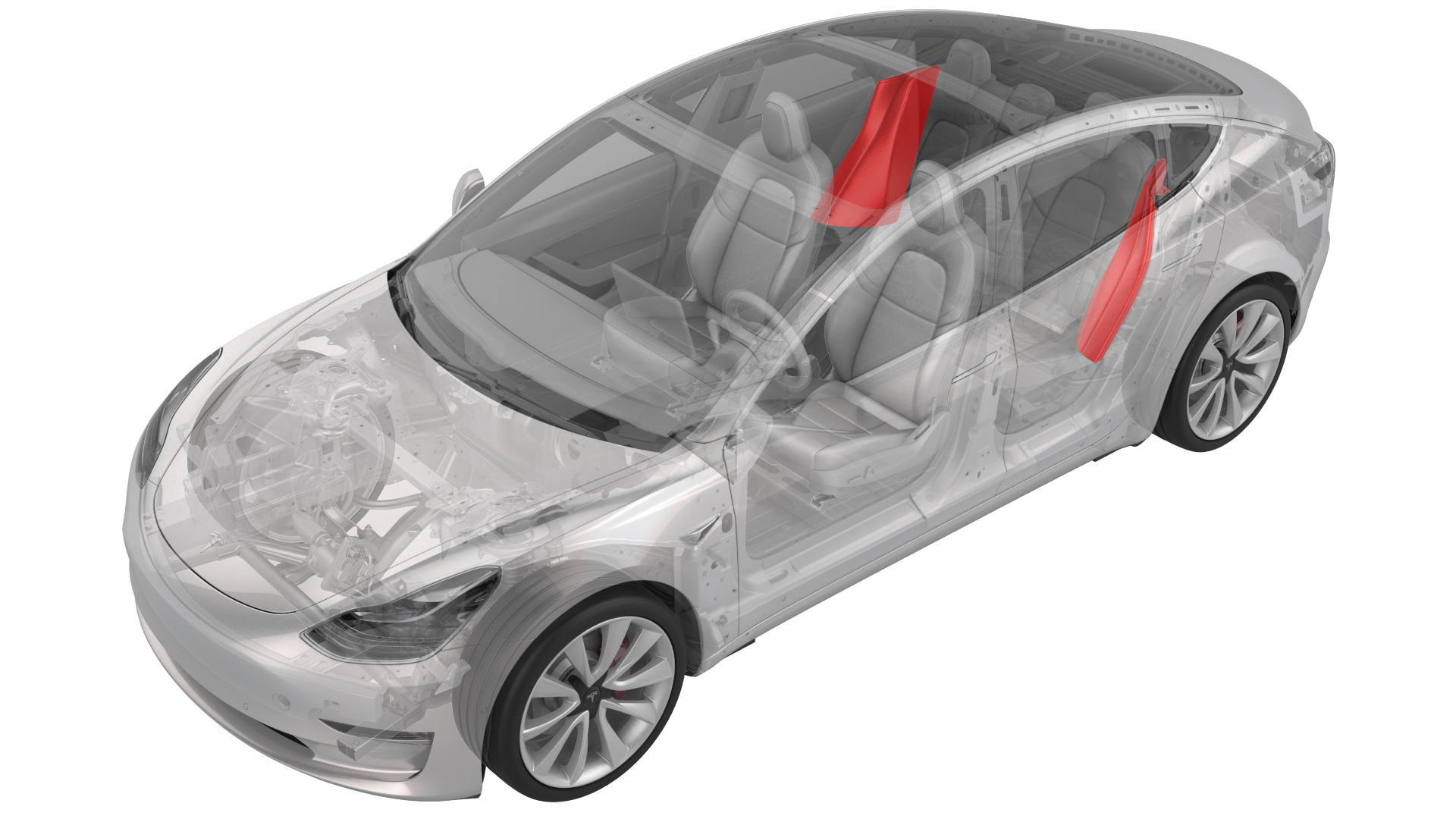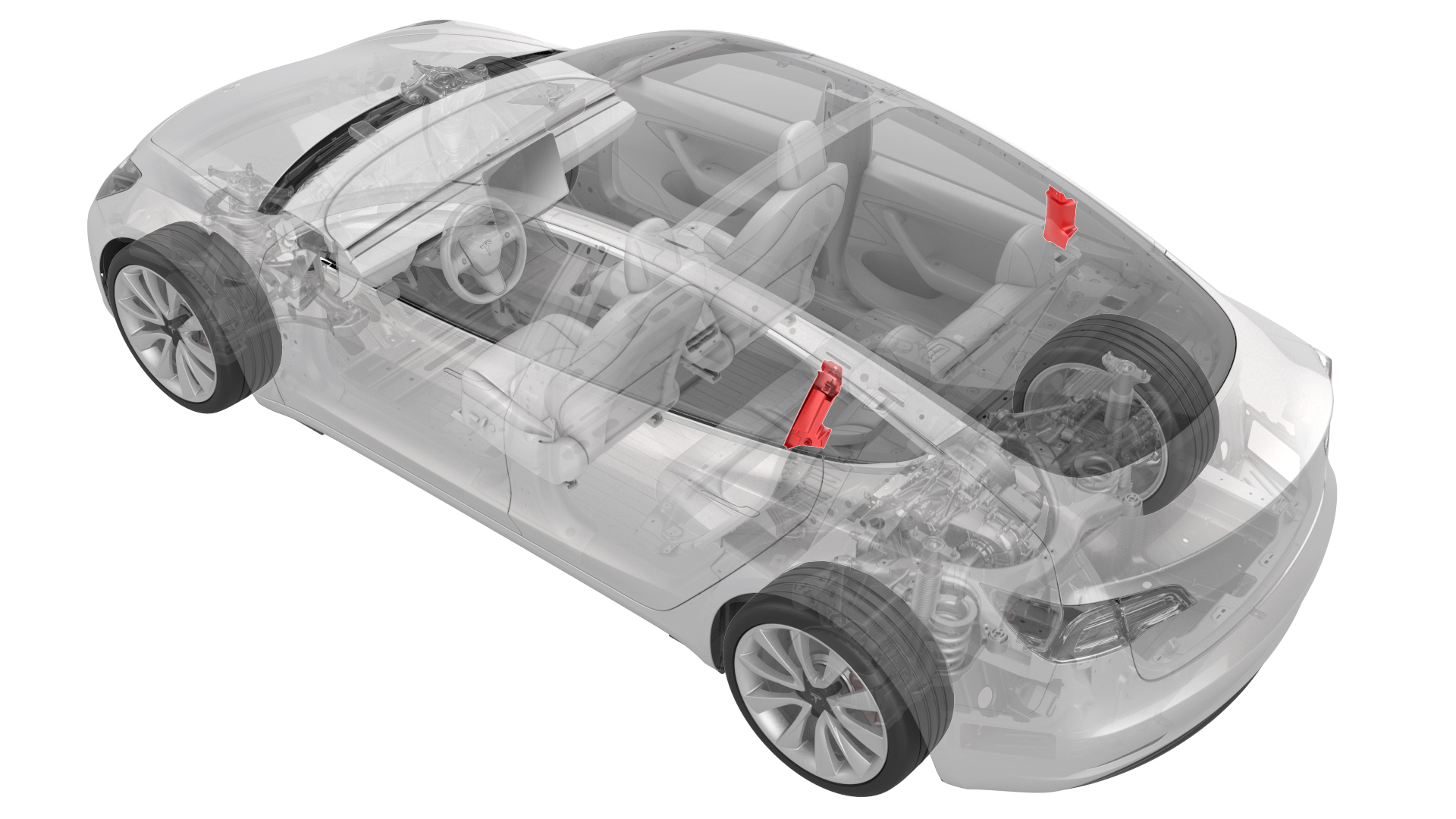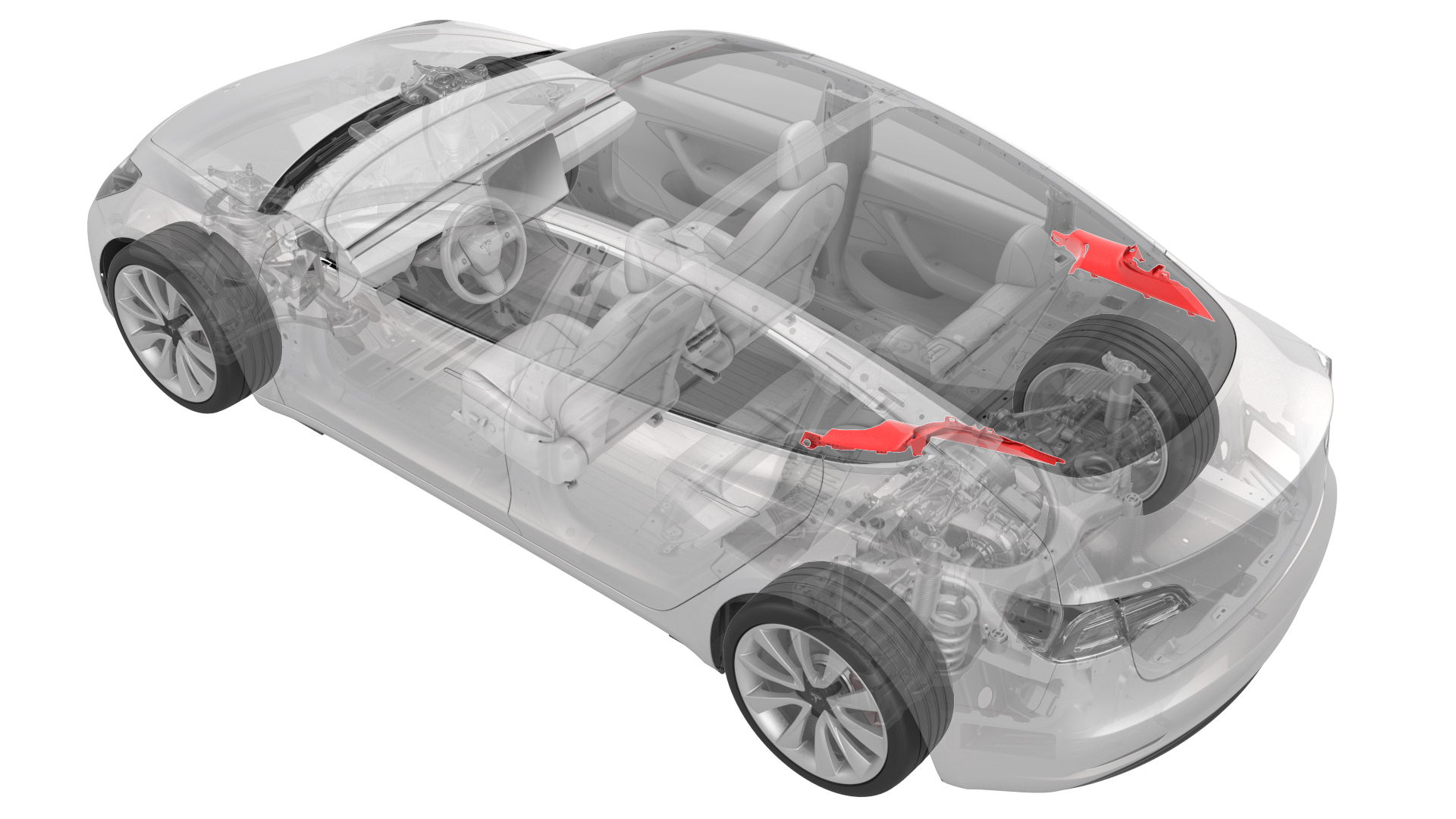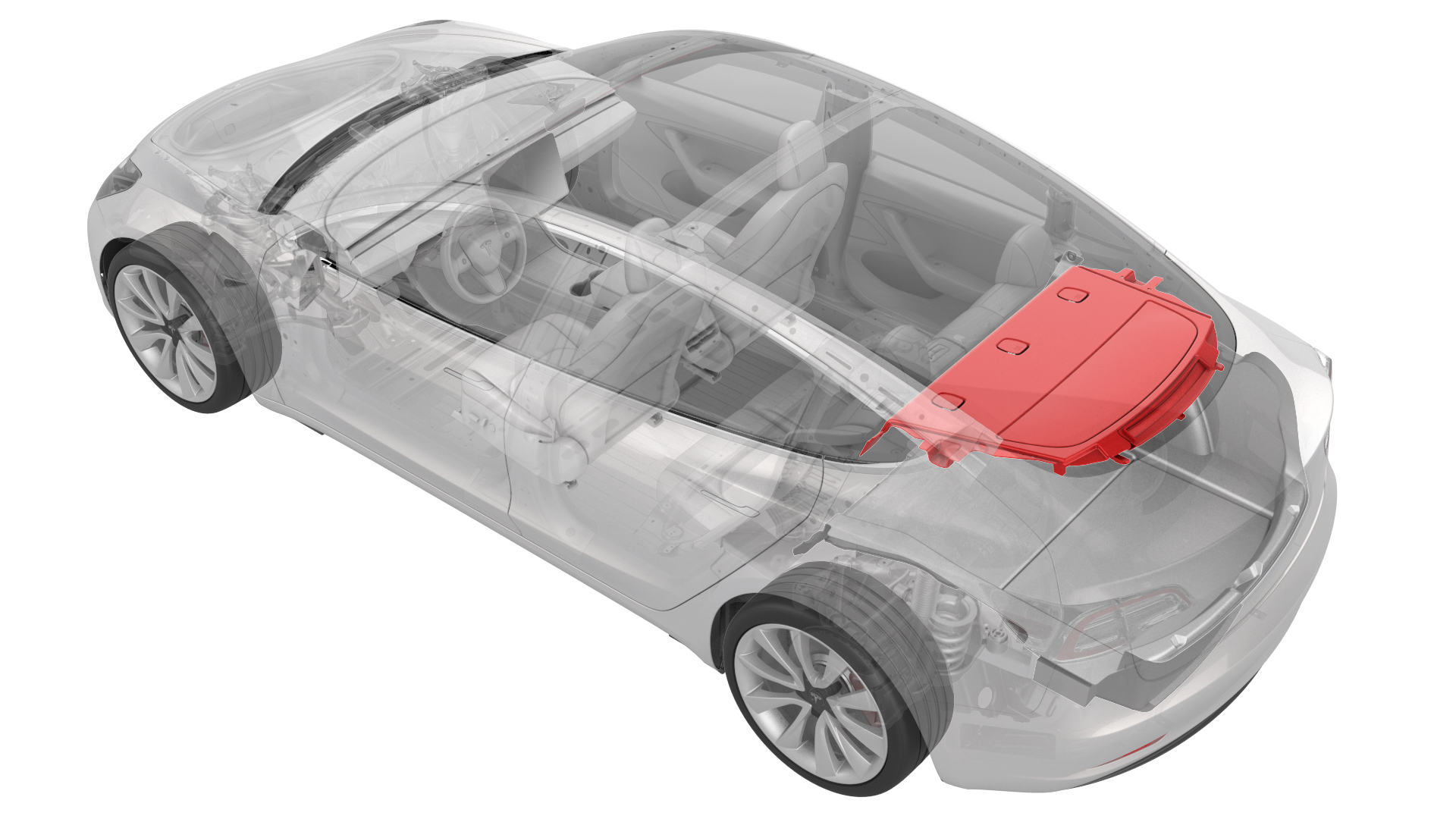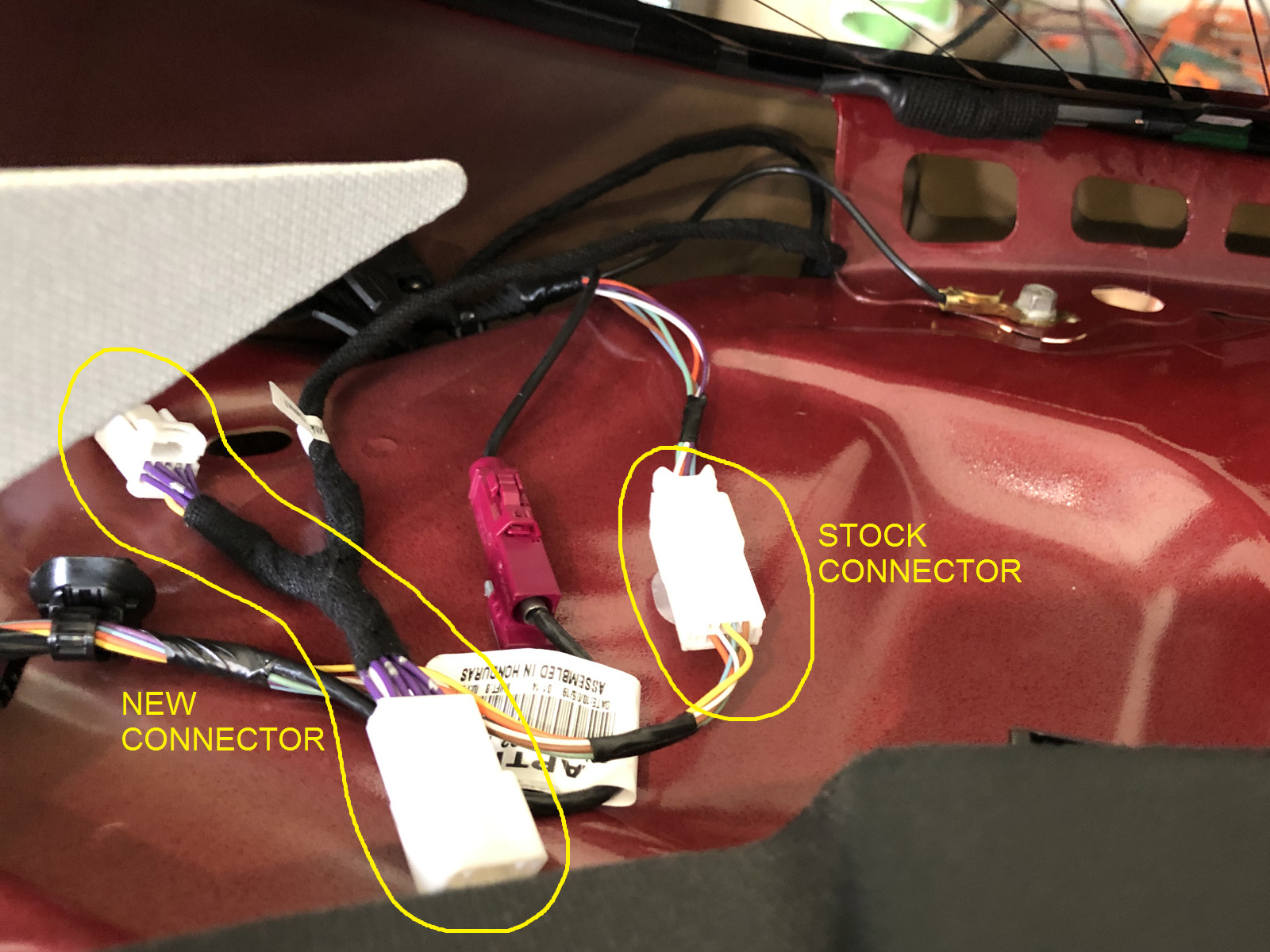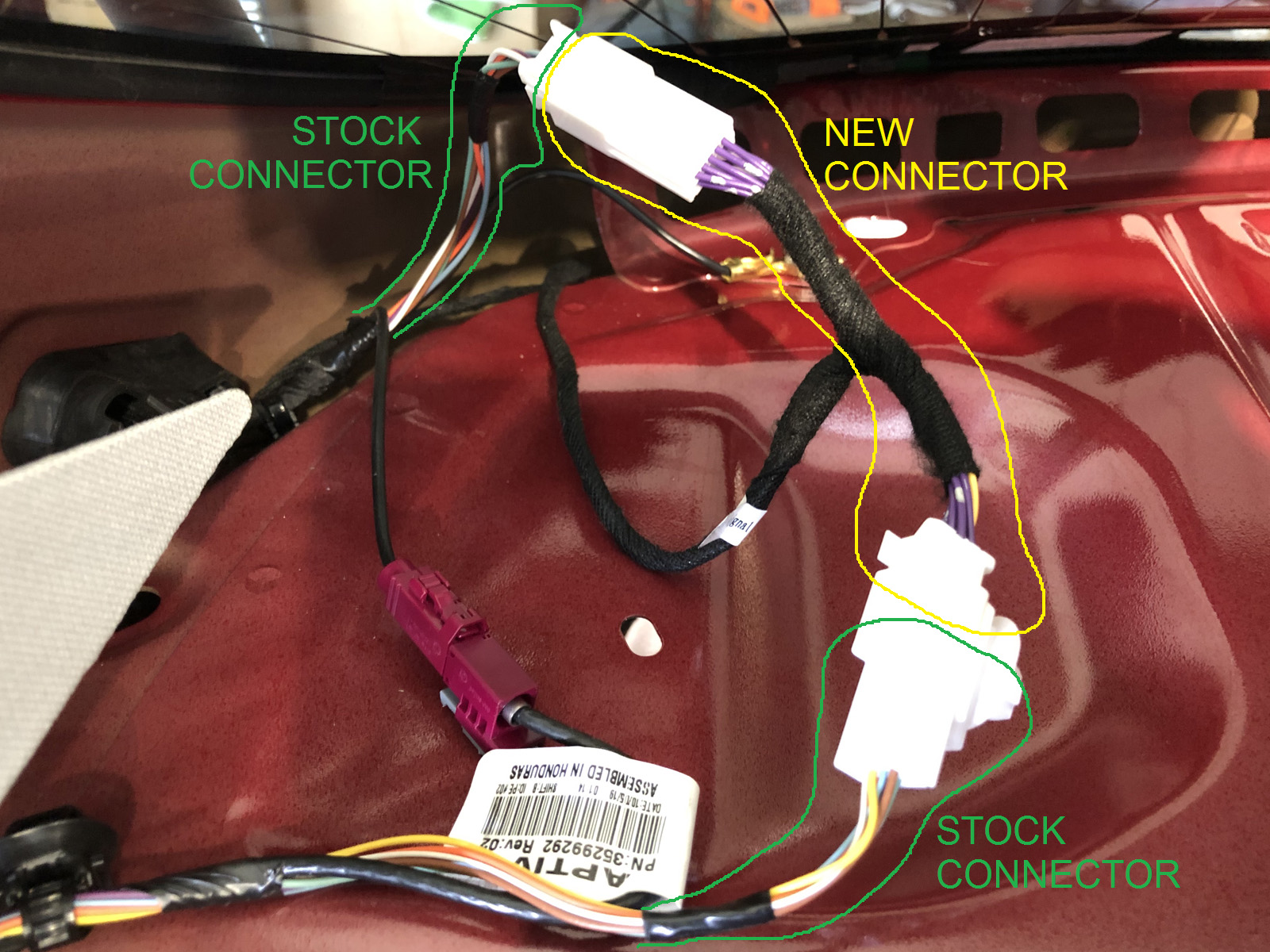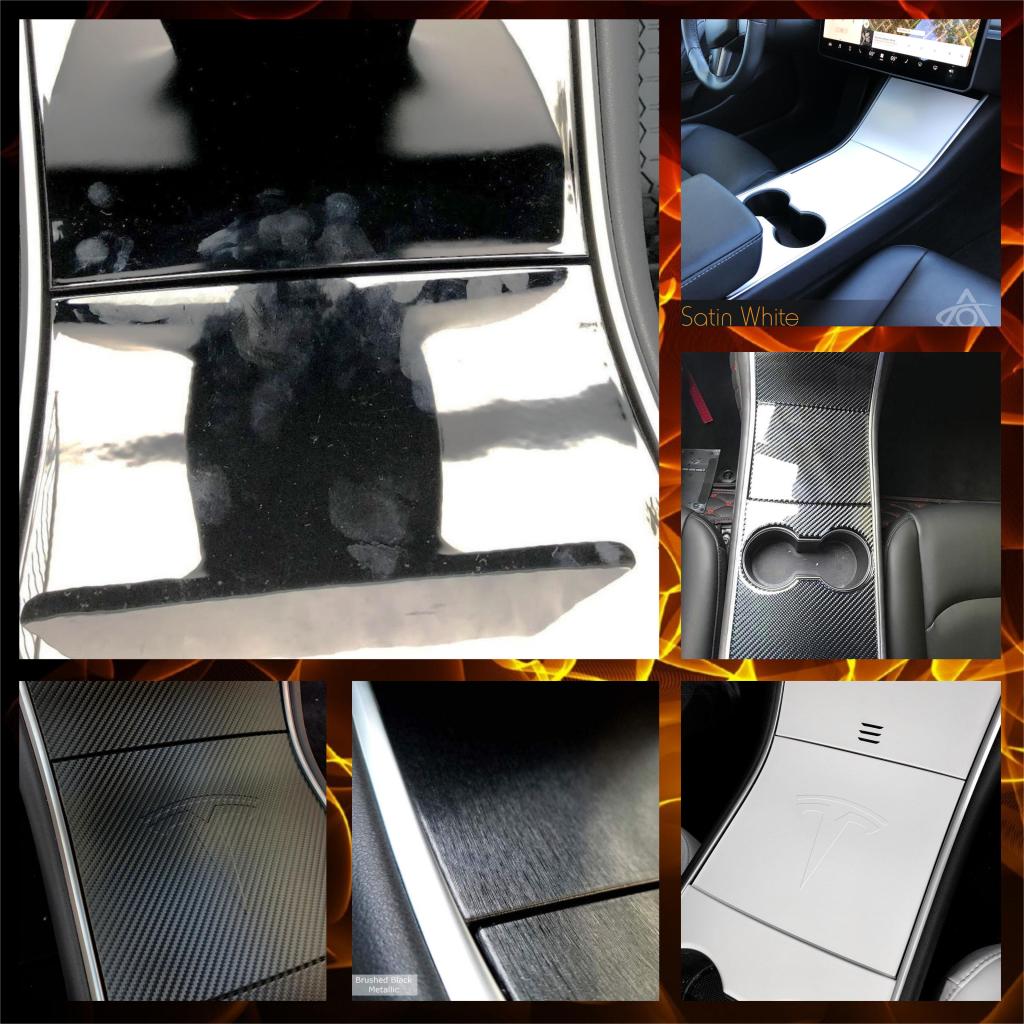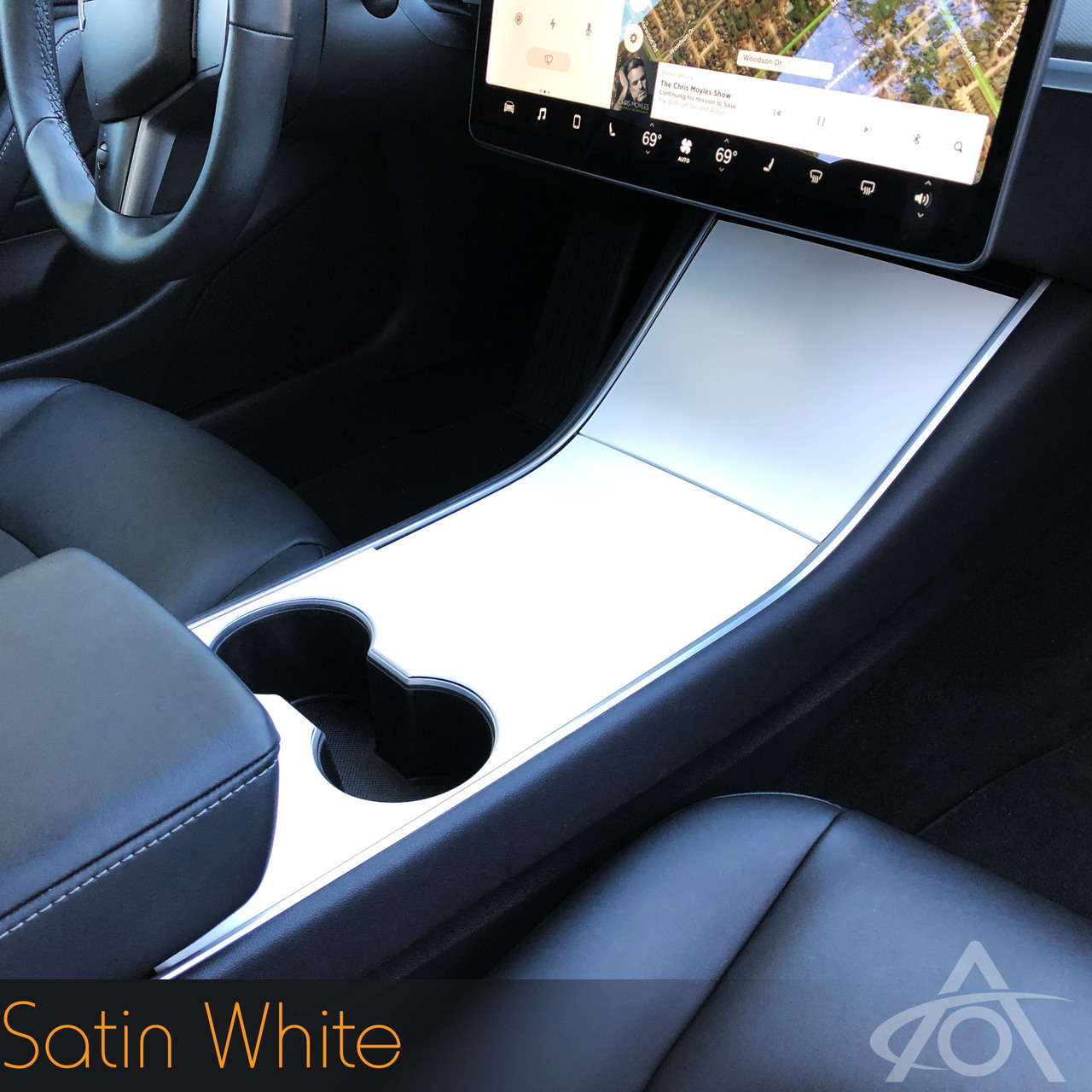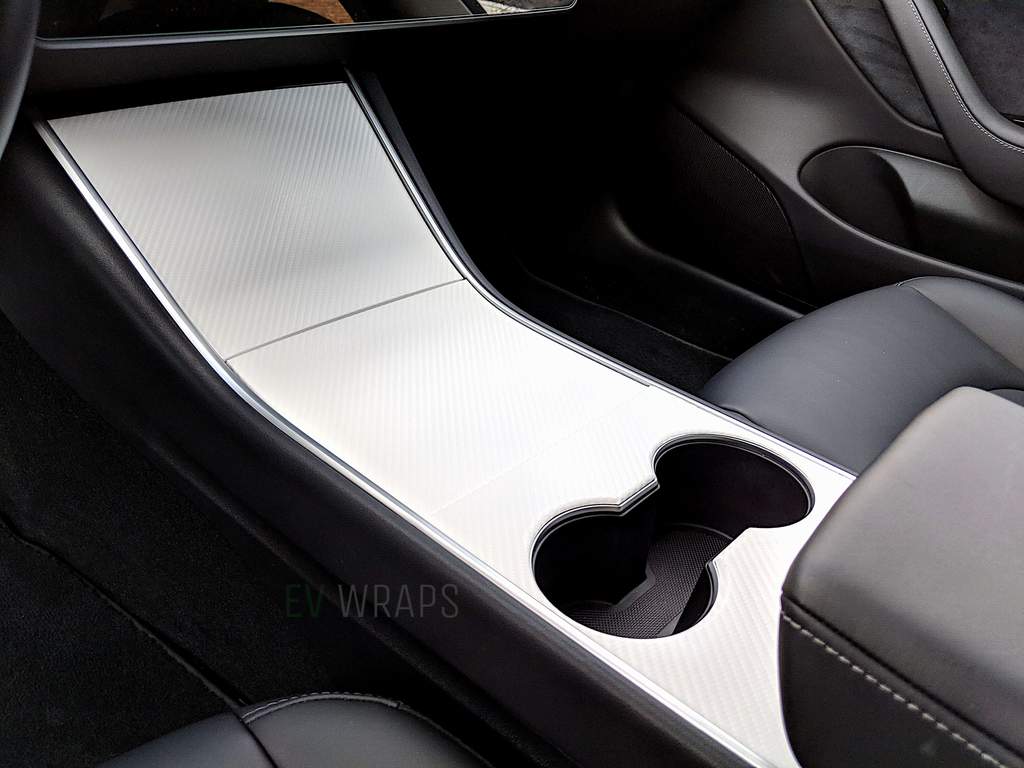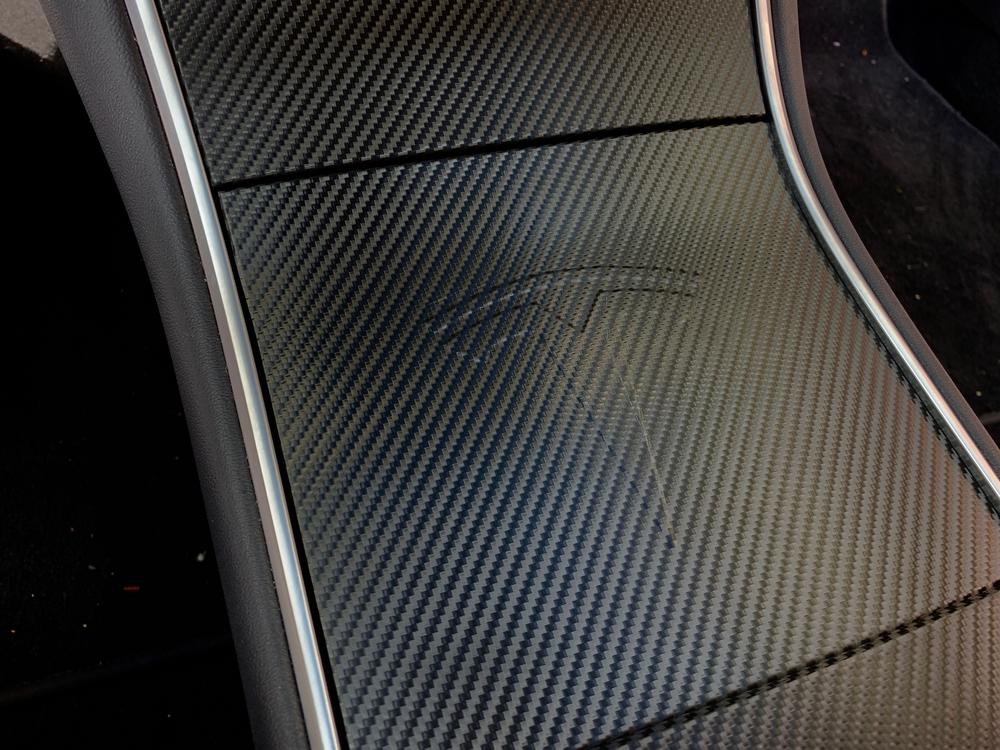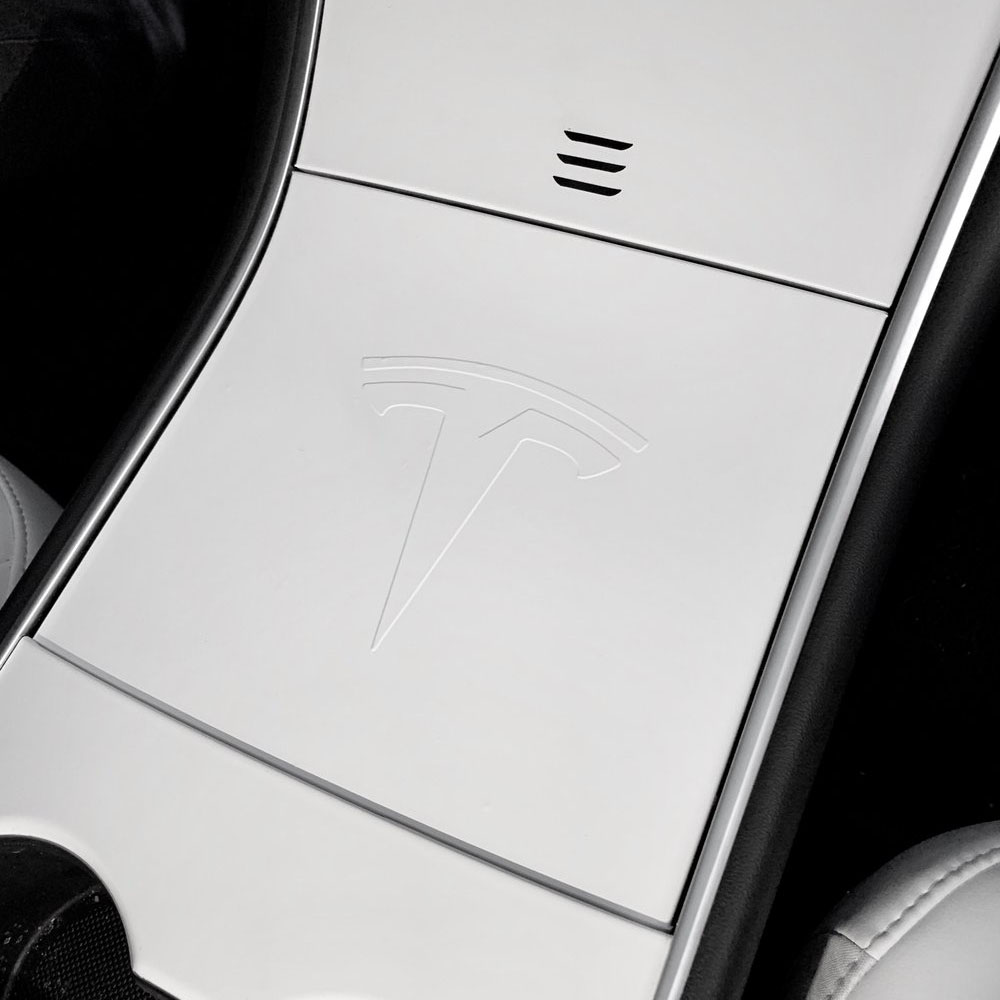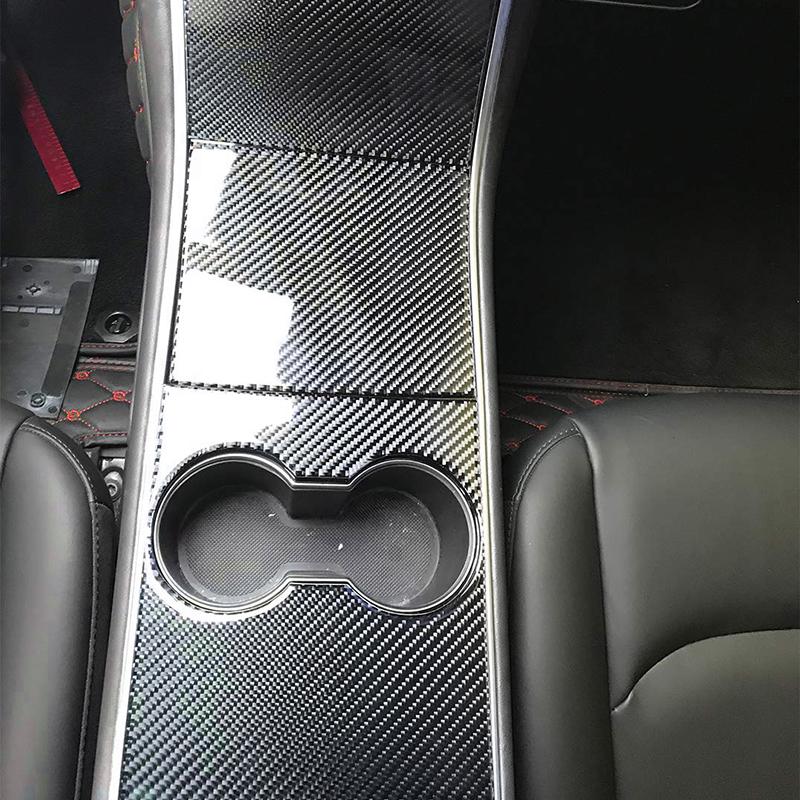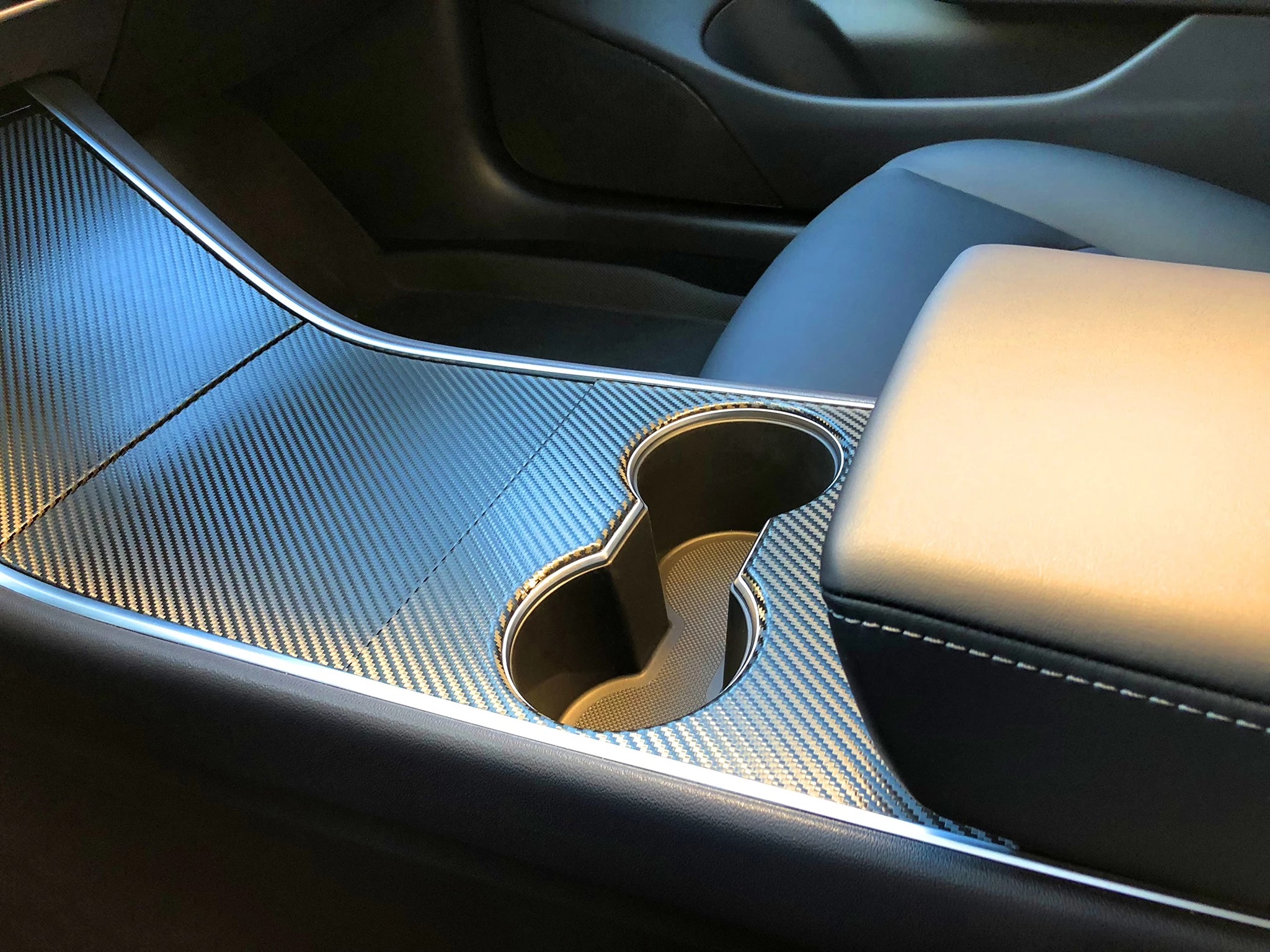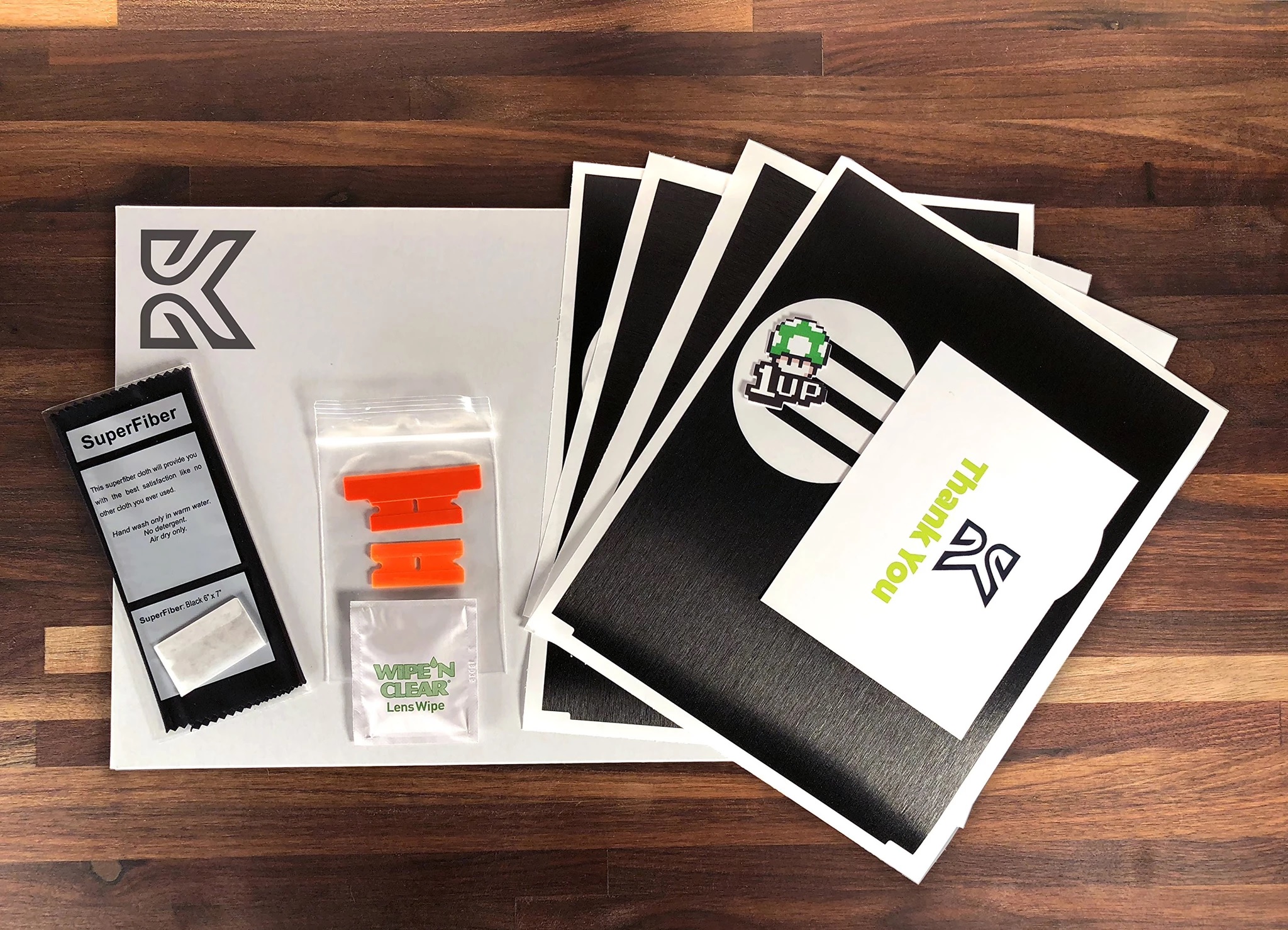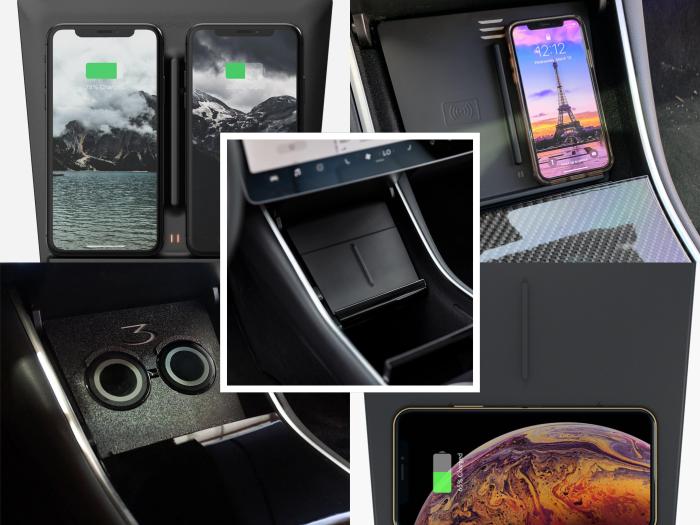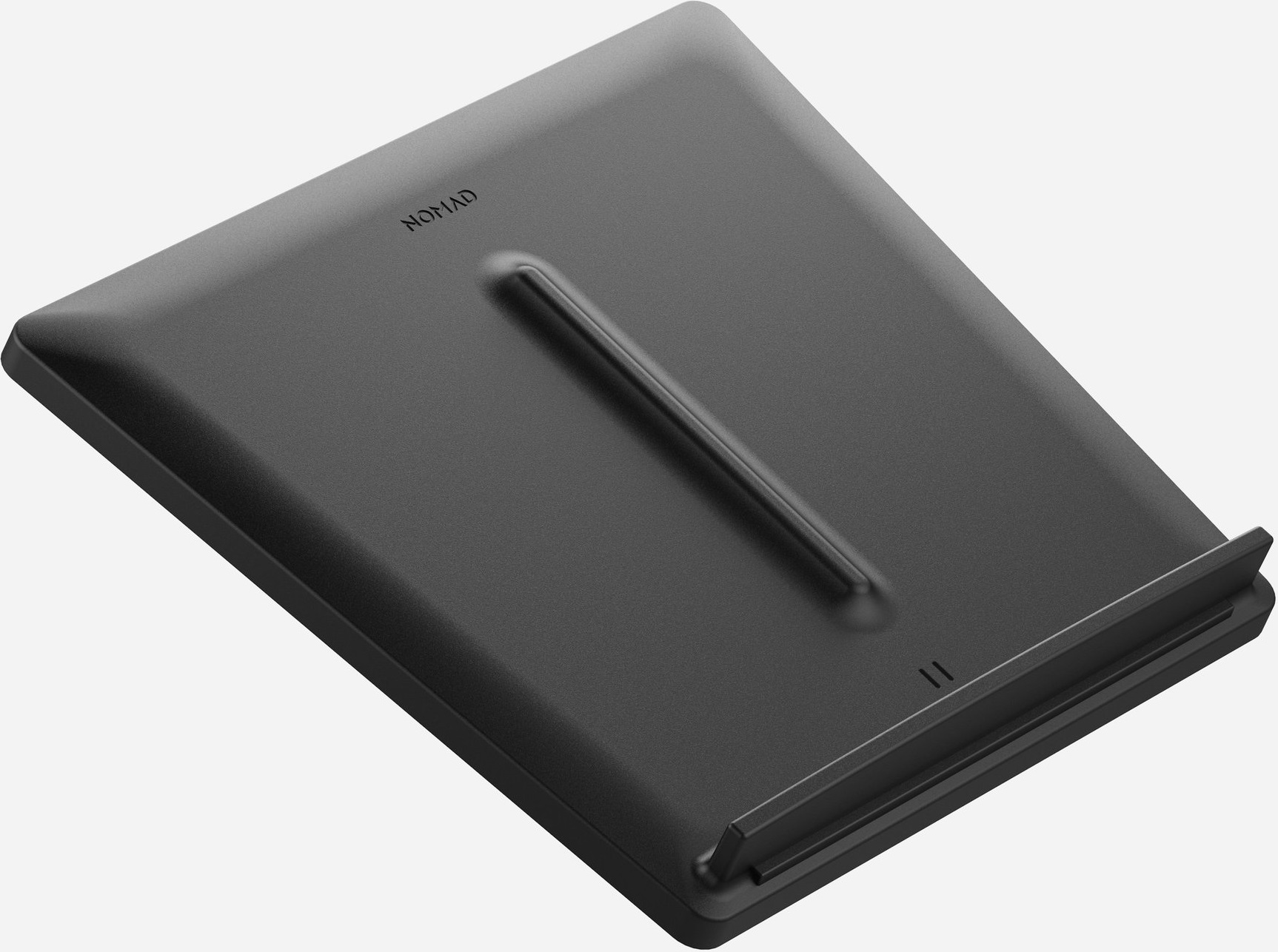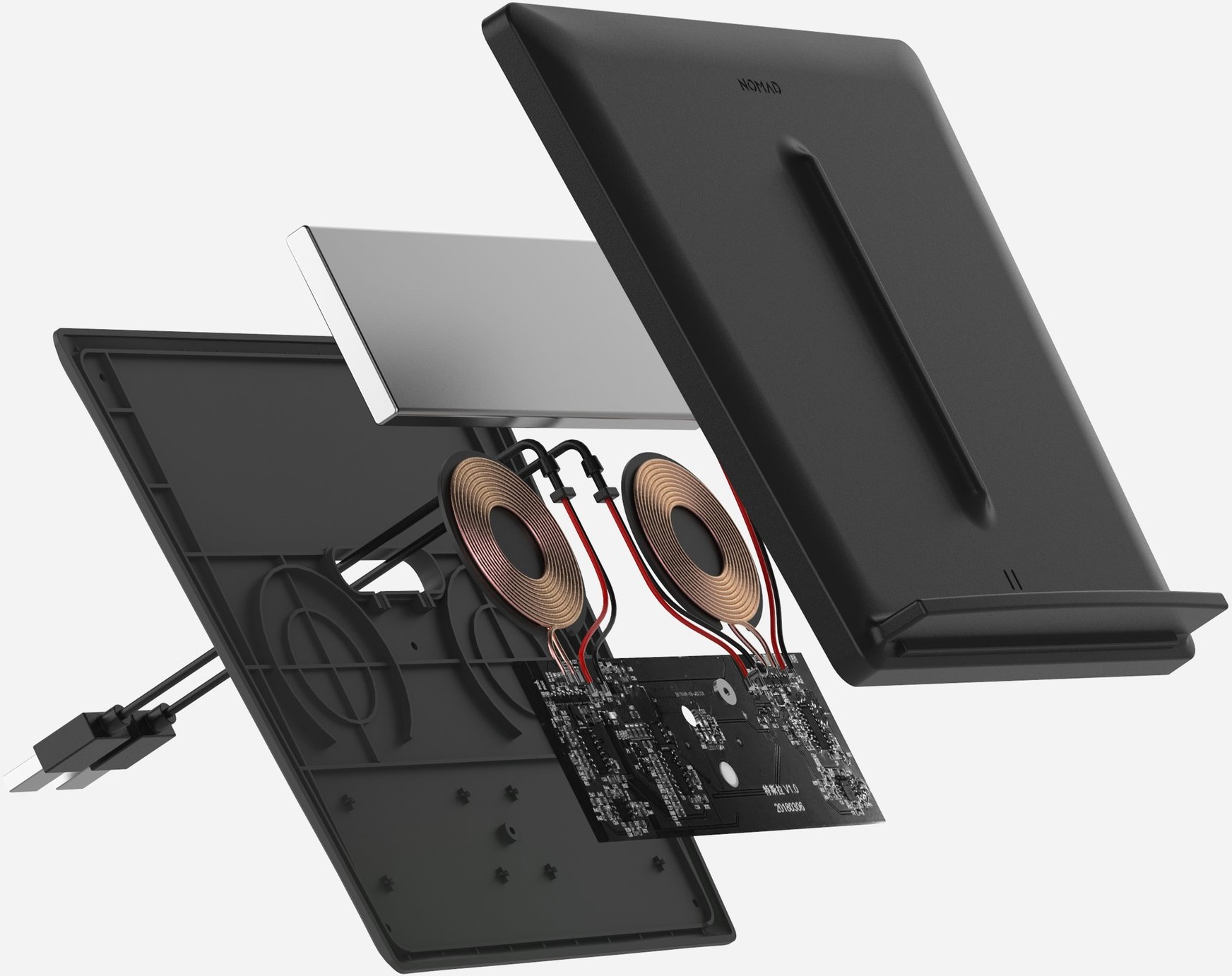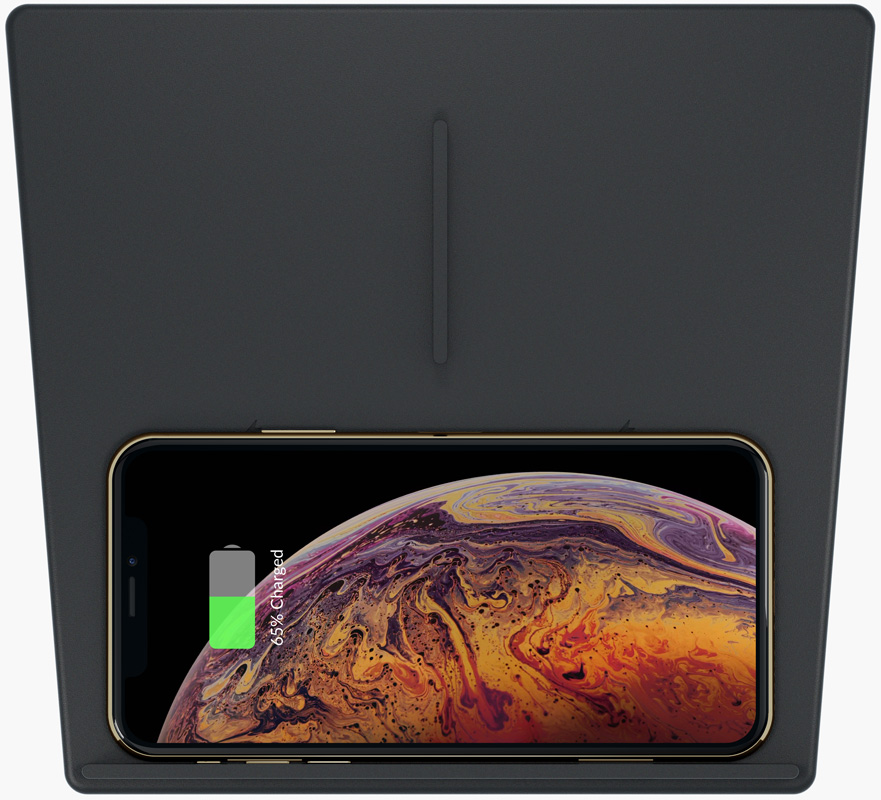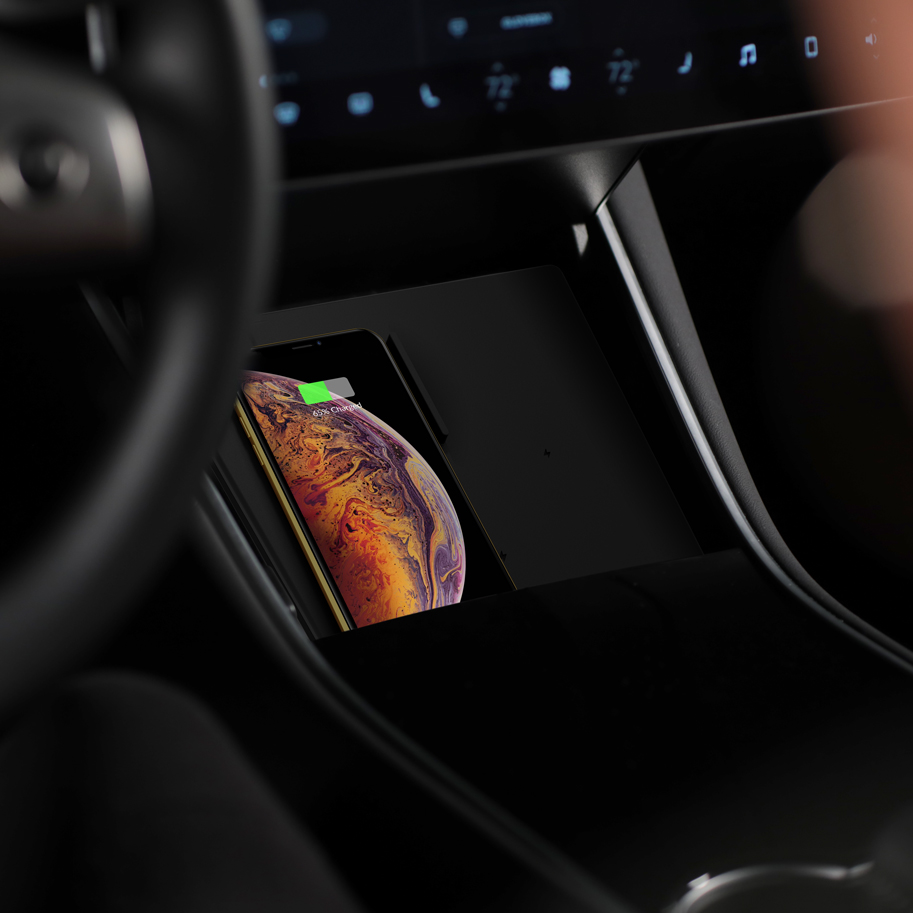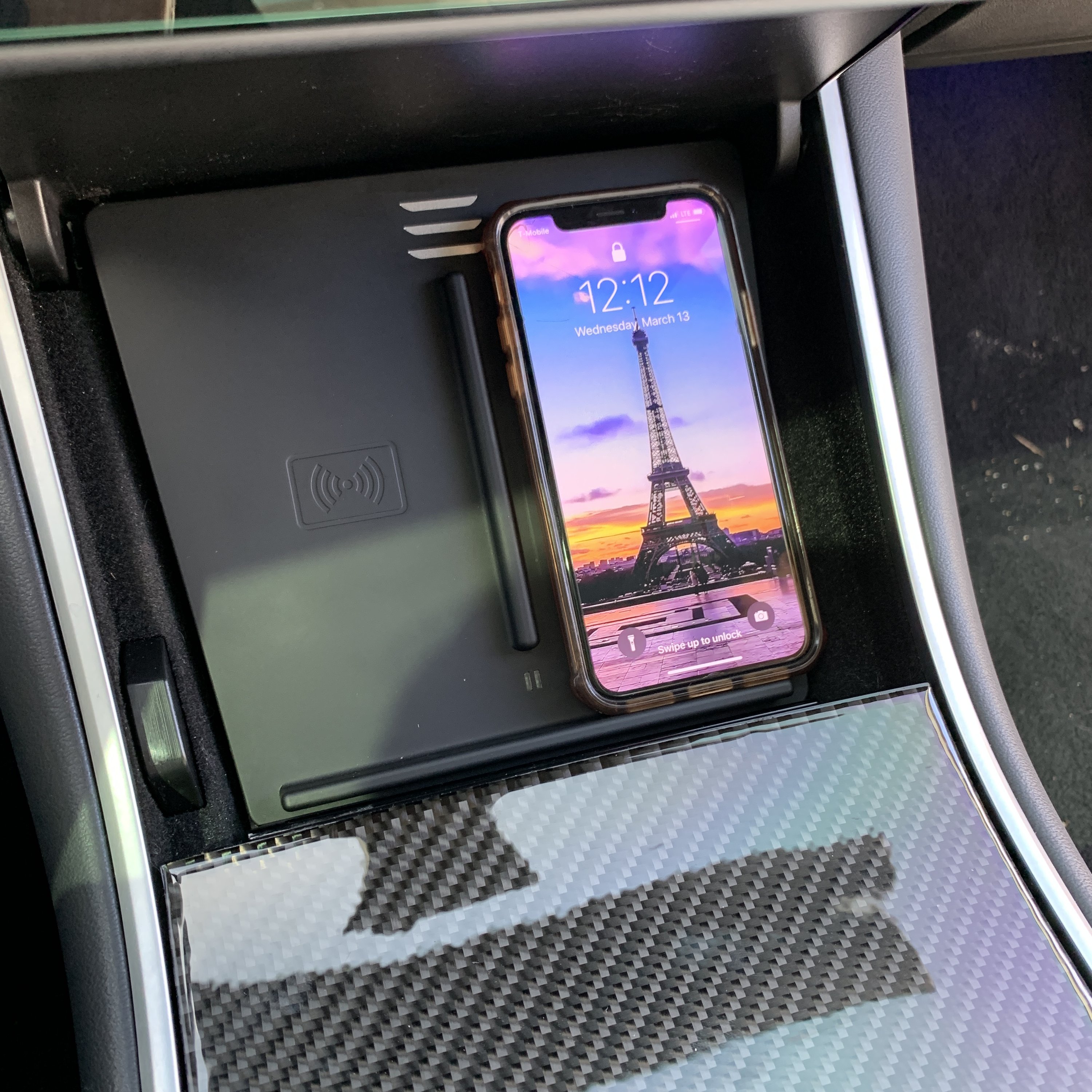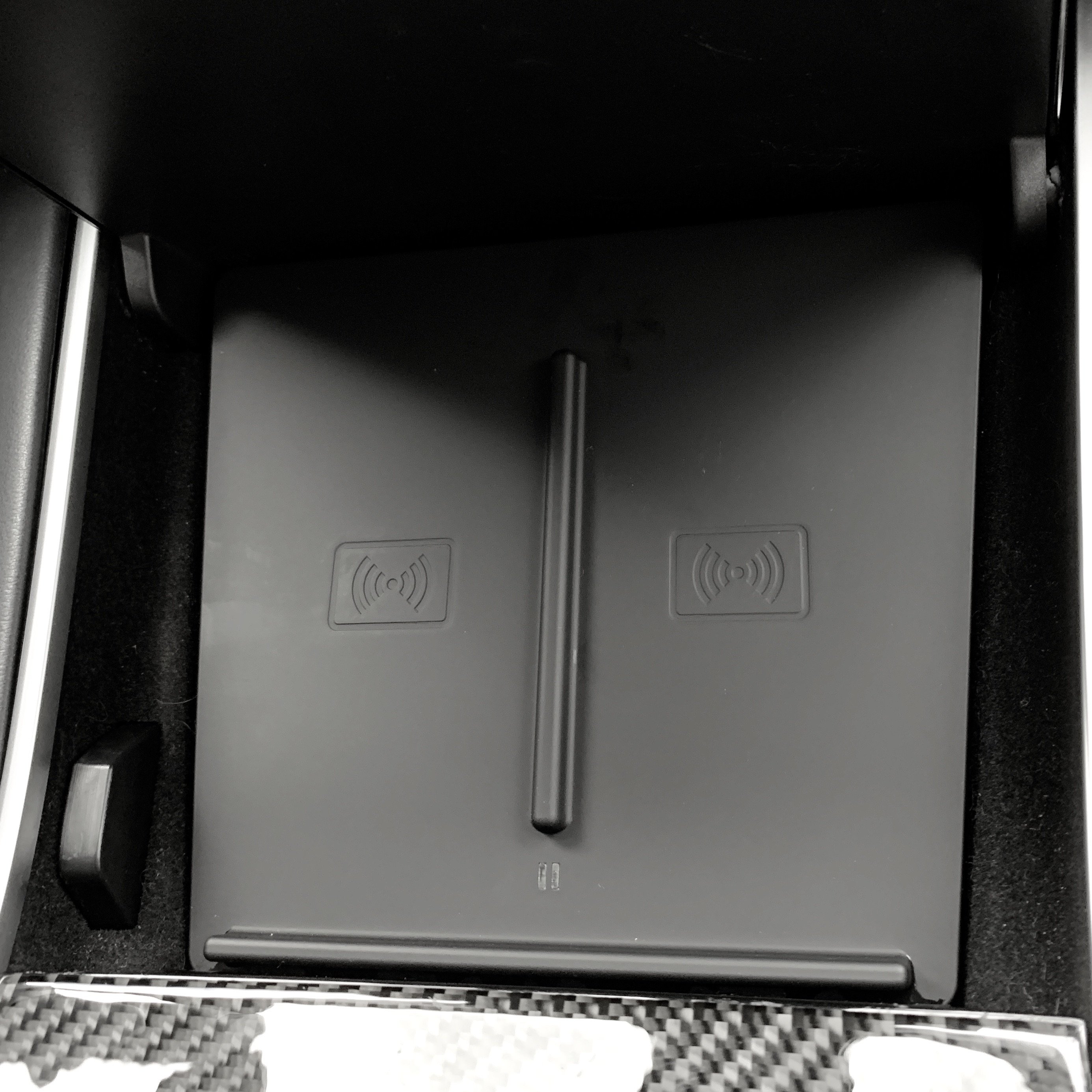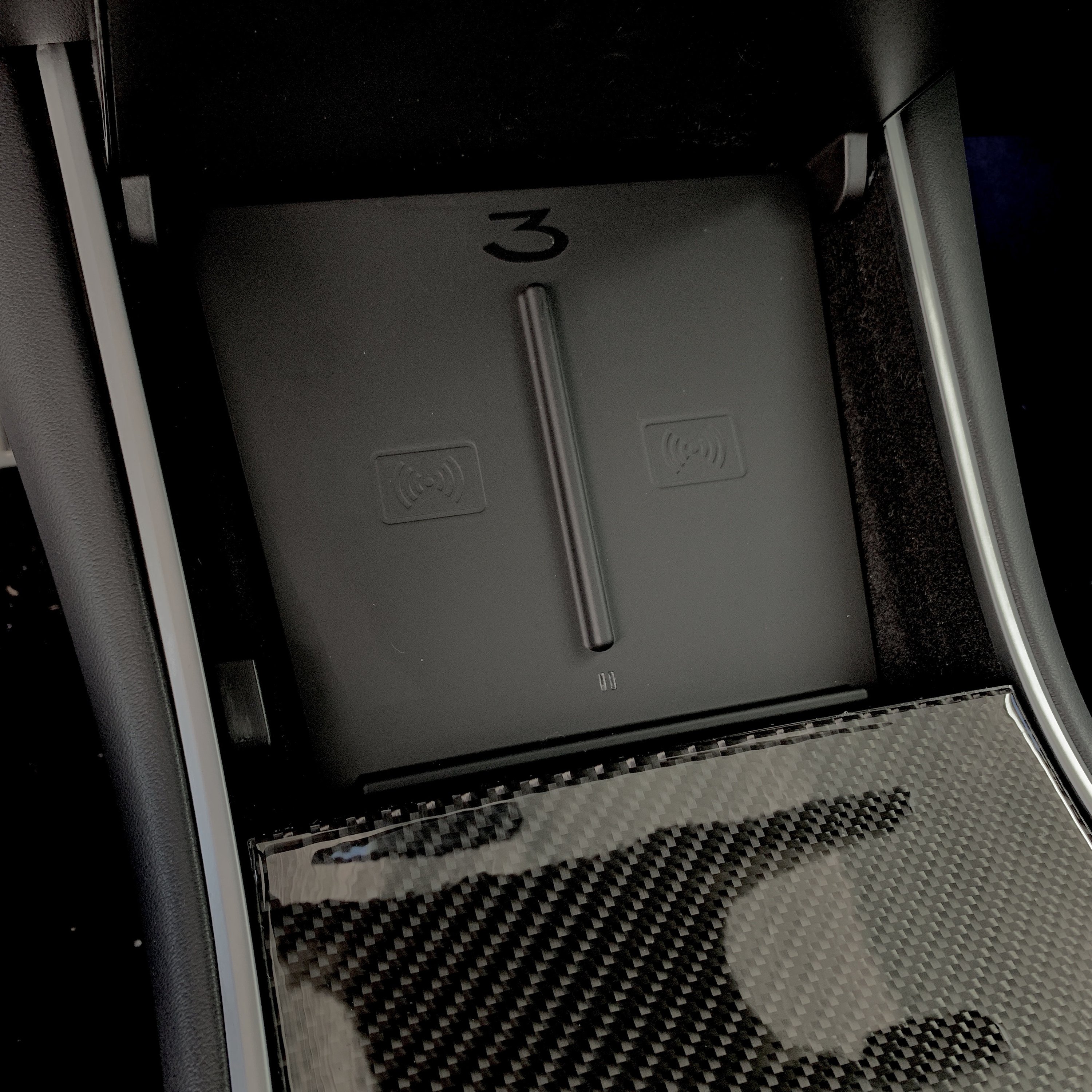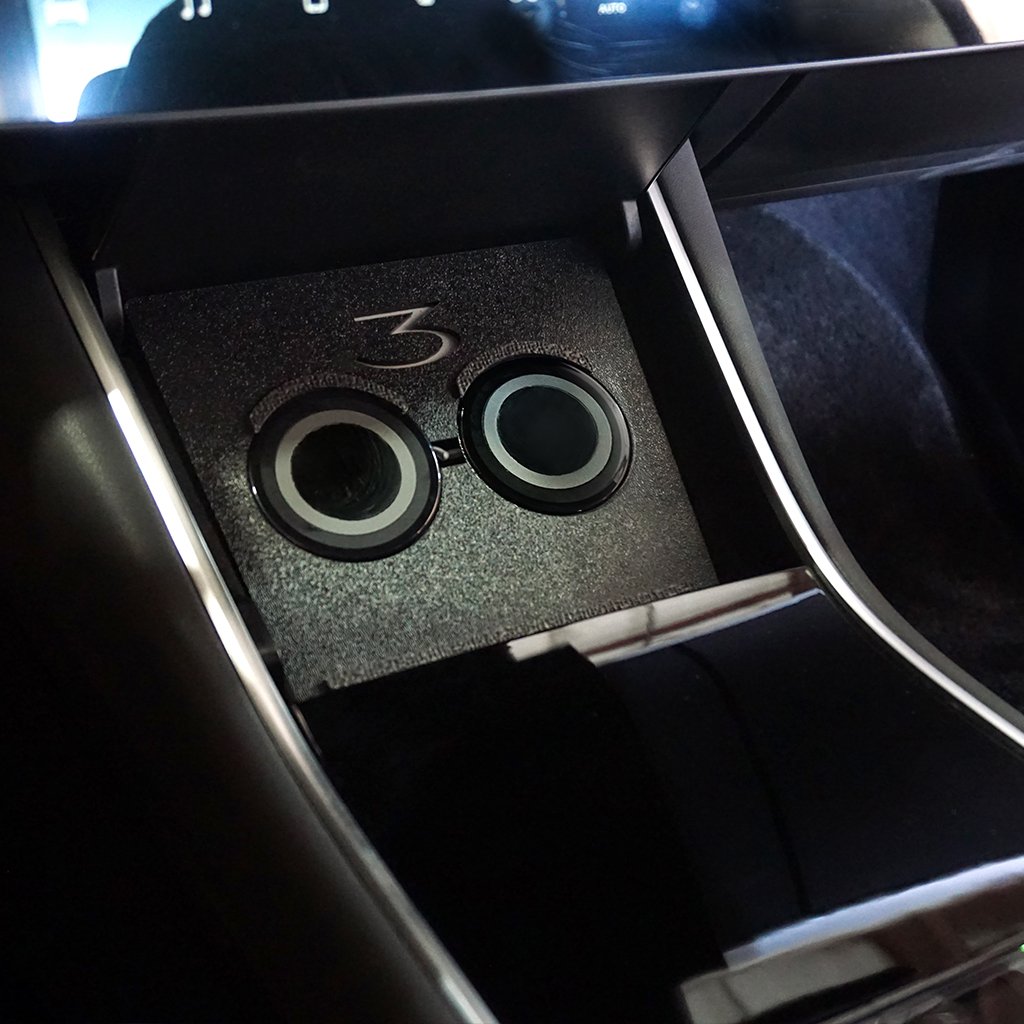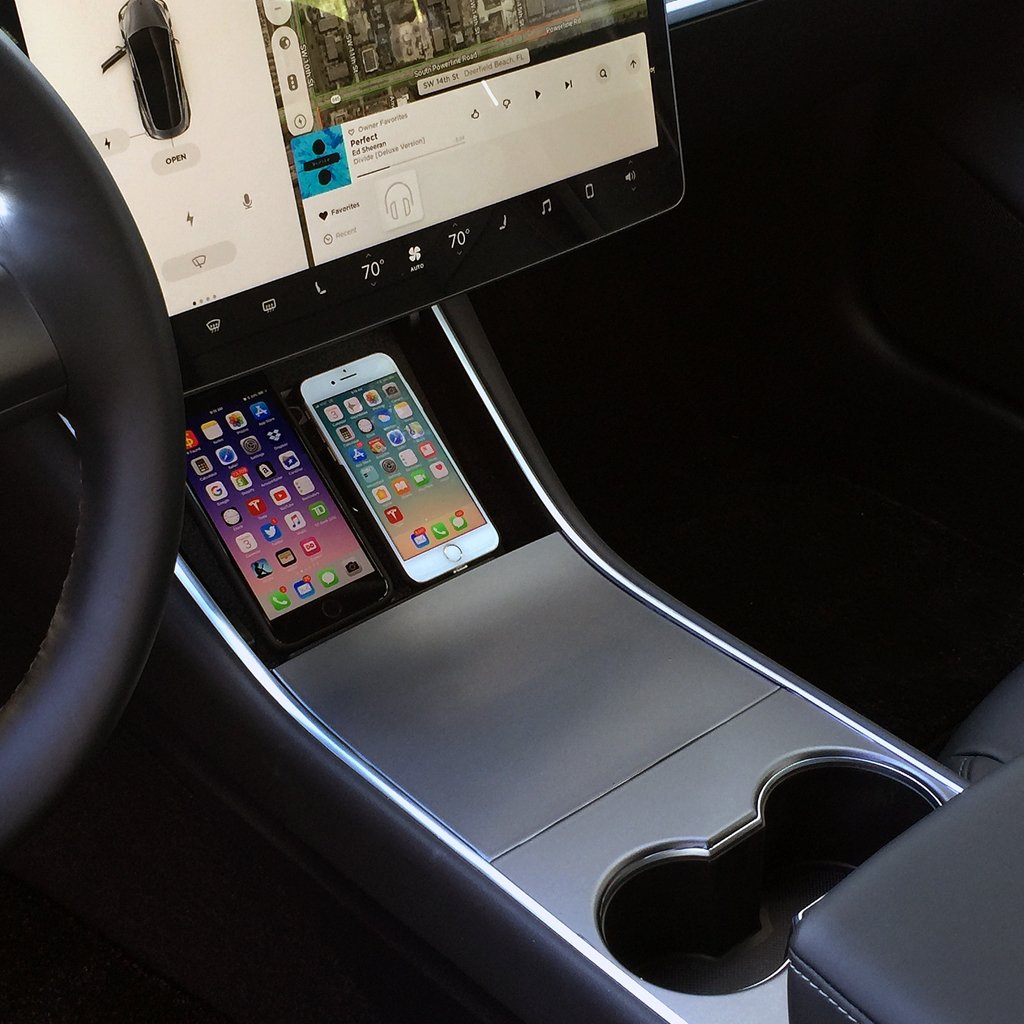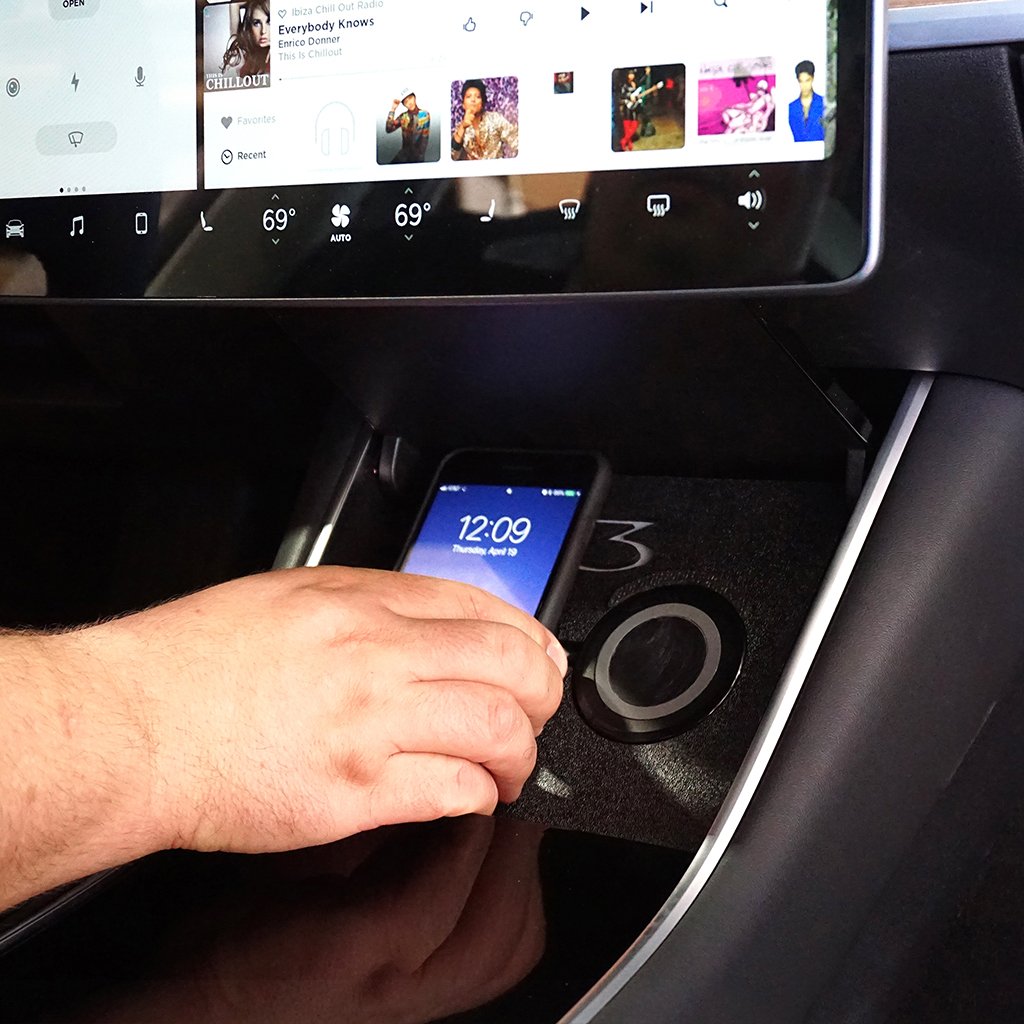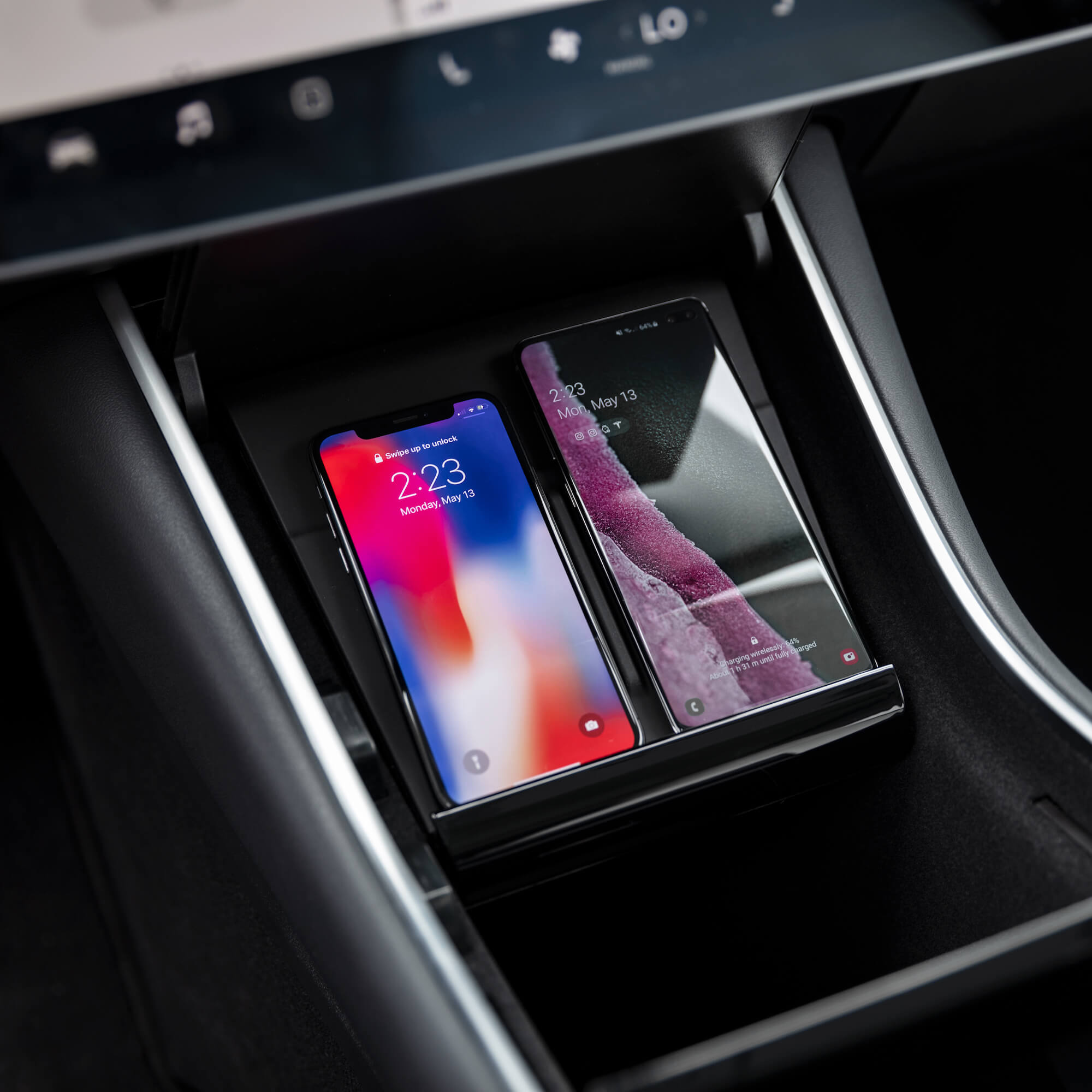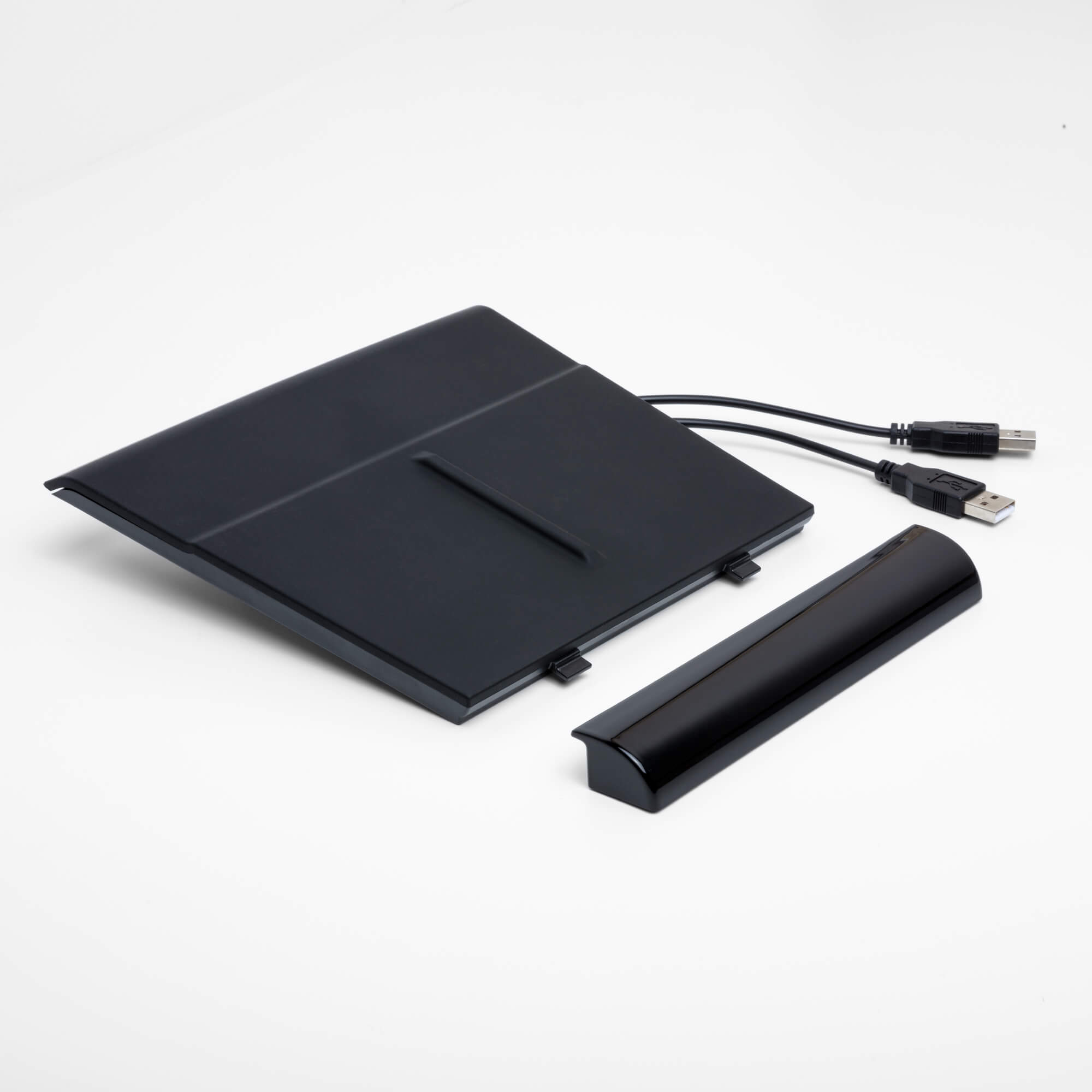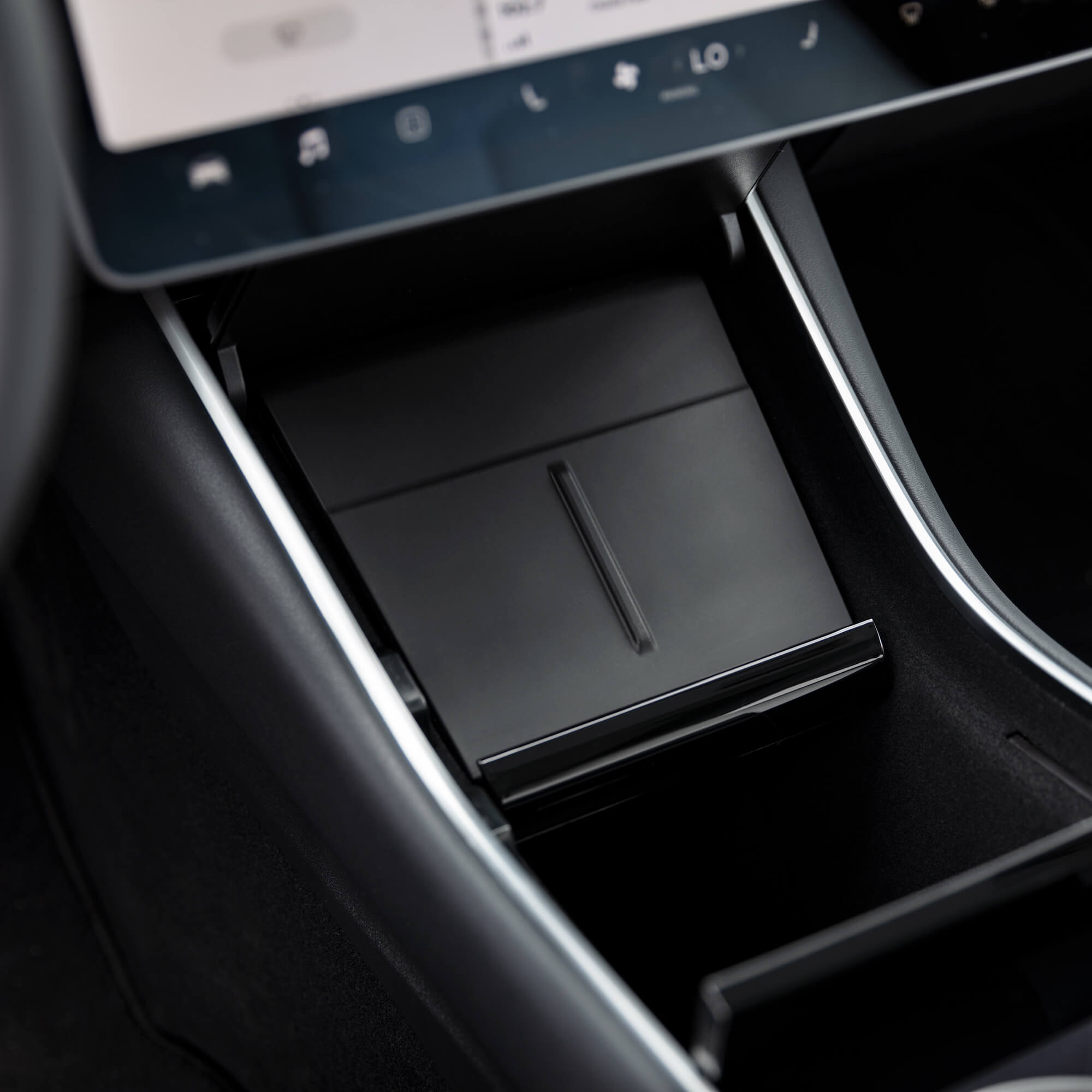The TR03 is a new case from the Chinese manufacturer Jonsbo. This triangular design is sure to be polarising, but after seeing 100 near-identical builds based on popular cases like the Lian-Li PC-O11D, I decided I wanted something different.
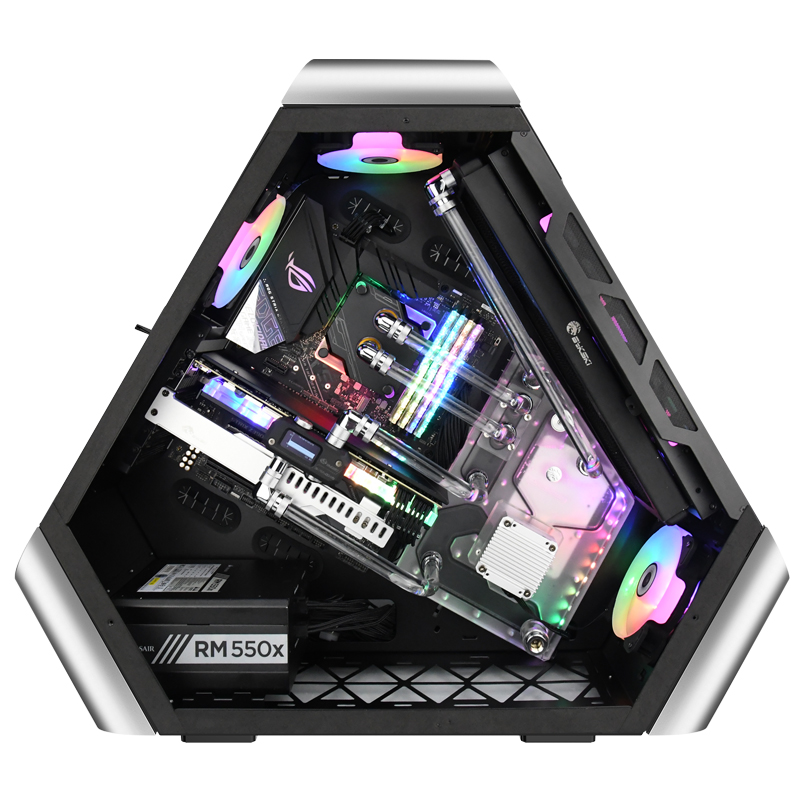
https://www.jonsbo.com/en/products/tr03gsilver.html
1. Overview
- Price: AU$389 (~US$300)
- Dimensions: 238mm(W) x 673mm (L) x 595mm (H)
- Material: Steel frame, with aluminium and tempered glass panels
- Size: ATX
- Fans: Up to 10* 120mm fans
2. First Impressions
I pre-ordered this case from Australian retailer PLE back in November when I ordered my new Ryzen 5900X (link). (Note: I paid full price for this case, and I do not receive any consideration from Jonsbo or PLE for the review.) This is not a cheap case at AU$389, which is around US$300. In Australia, this is close in price to a case like the Lian-Li PC-011D XL.
Before you even open the box, the first thing you notice is the size – the box is huge. (Sorry, I should have included a banana for scale.)
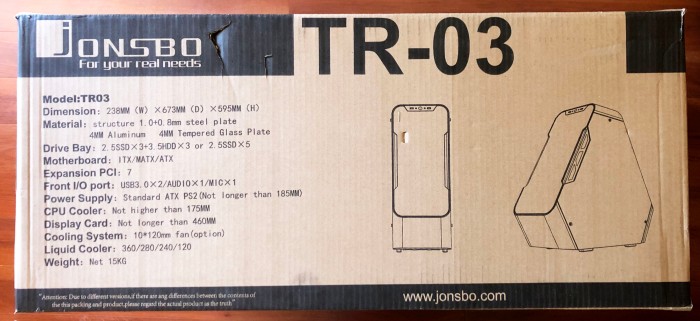
© YendorMakes 2021
Opening it up, you reveal the case, which is similarly massive:
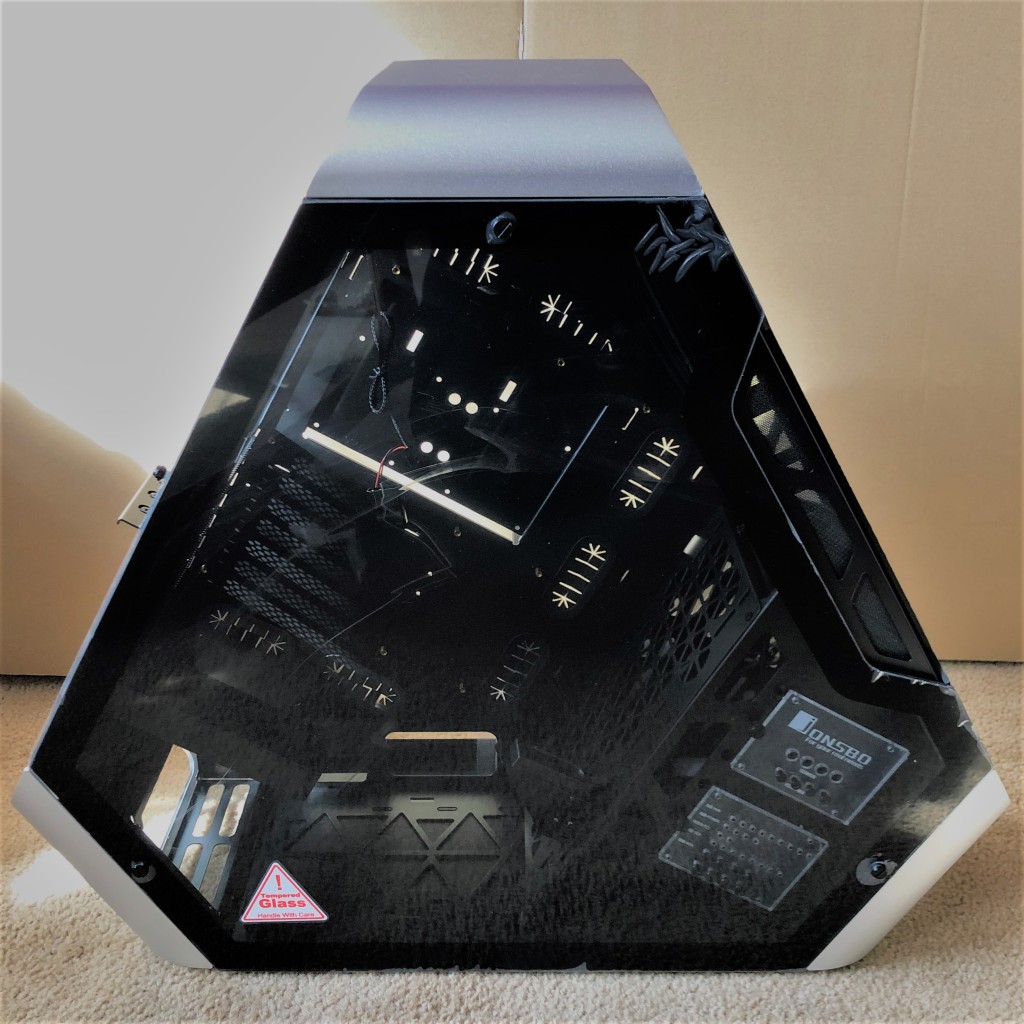
© YendorMakes 2021
The case features large tempered glass side panels, with black edges outlining the window. Popping off the panel, we get a clearer look at the insides:

© YendorMakes 2021
From the factory, there are two 120mm fans installed – one intake (lower right) and one exhaust (top). There are dedicated space to install another exhaust fan (upper left) and three more intake fans (the entire right side). Depending on your setup, you could potentially fit another two intake fans at the bottom.
The case has significant features for cable/hardware management:
- 7x Cable Entries, to allow cables to be routed via the rear of the case;
- A removable plate behind the CPU, that can hold 2x SSD
- An additional rear plate for mounting a third SSD
- Rear bracket and slots for vertical PCI-E card mounting
- The case has a metal bracket in the bottom right. It has space for two fans, a sliding bracket for supporting a long GPU, space to hold 2x HDDs/SSDs and two trays of screws for the install:
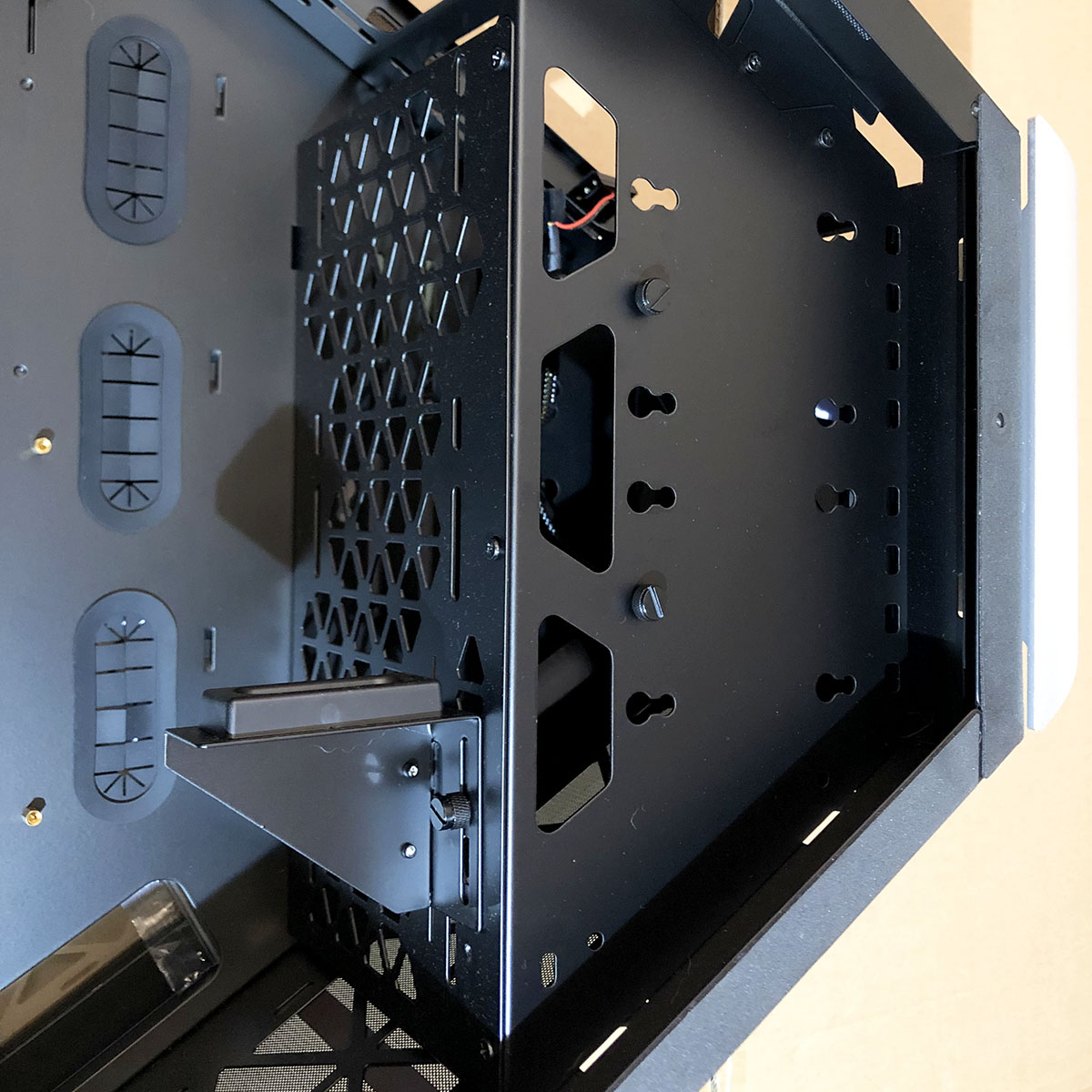 | 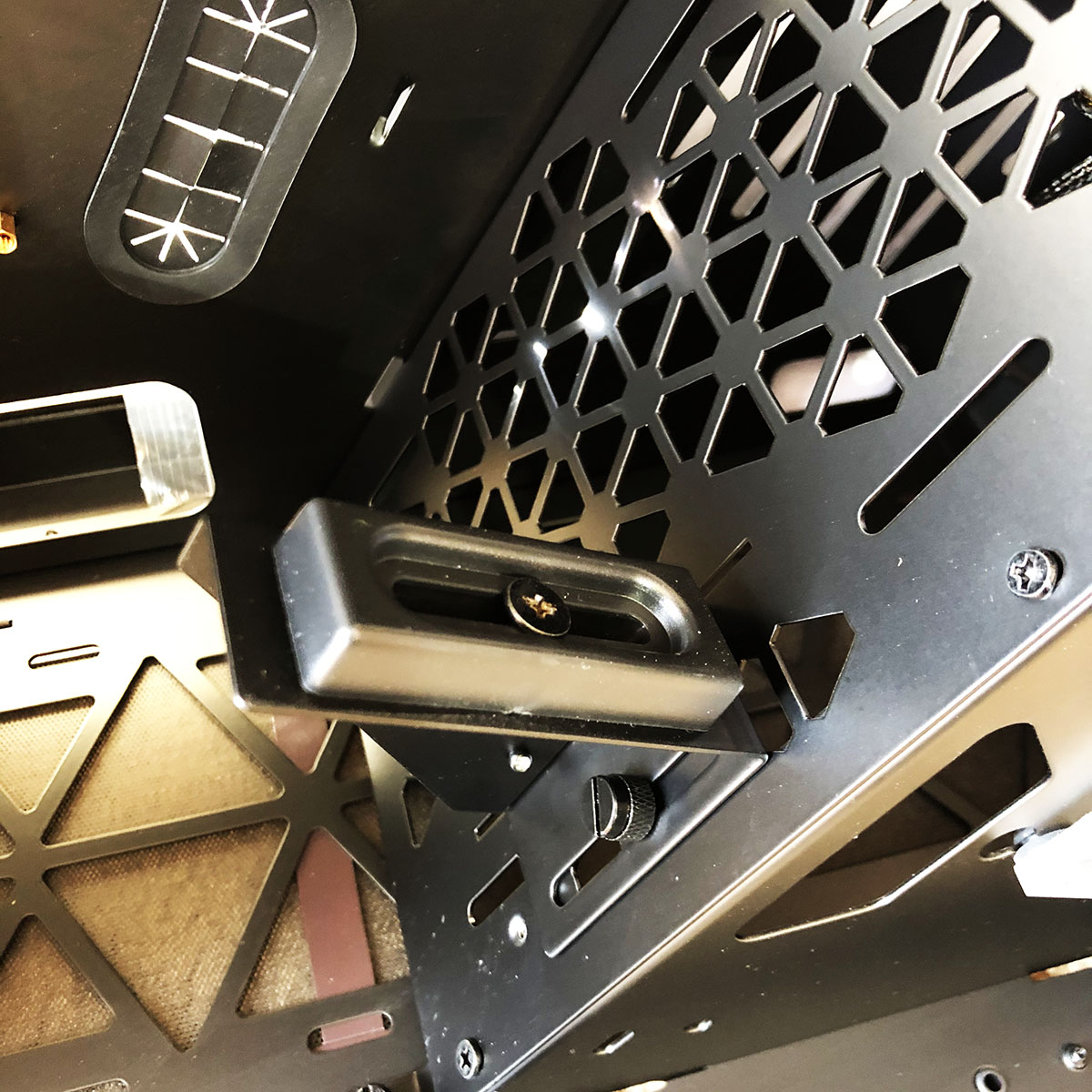 |
© YendorMakes 2021
The front of the case has a tempered glass cover, with a long slot covered in mesh for air entry on each side. Behind the glass is space to mount 3x 120mm fans or 2x 140mm fans. At the bottom there is 1x 120mm fan (pre-installed) which has a mesh over it and the metal corner of the case about 3cm in front of it:
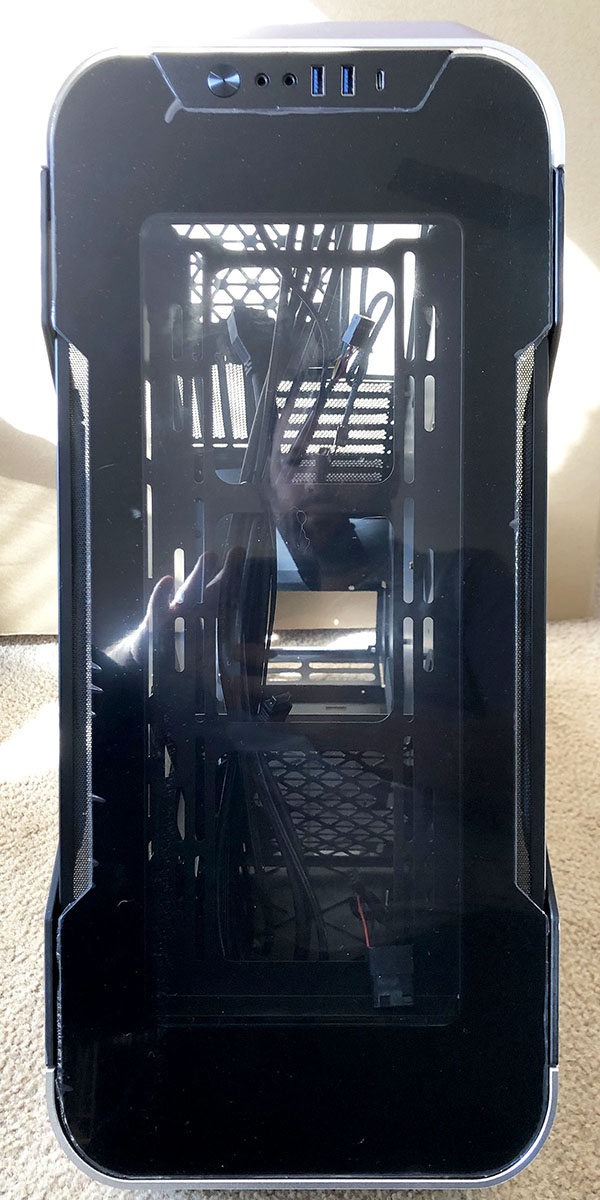 | 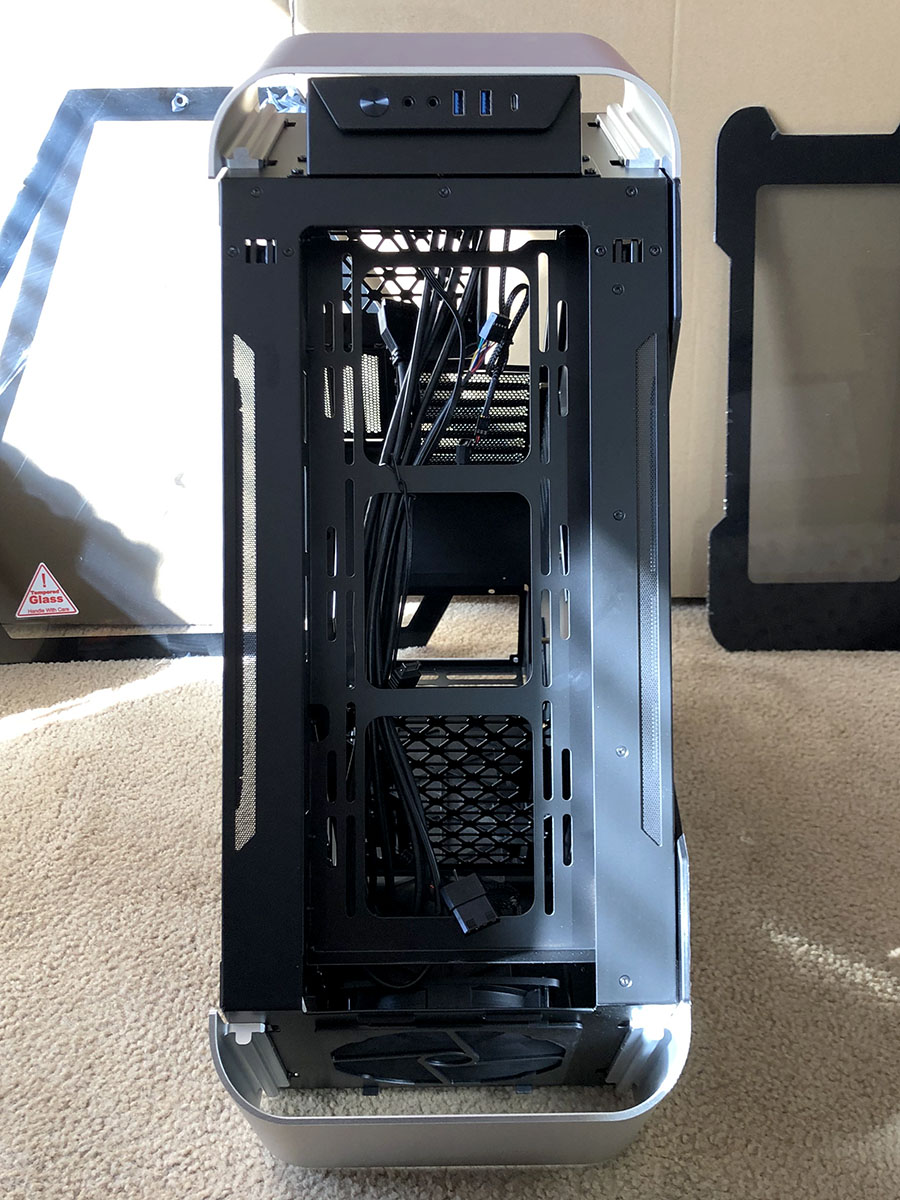 |
© YendorMakes 2021
The top of the case features a Power button, Audio, USB-A and 1x USB-C:
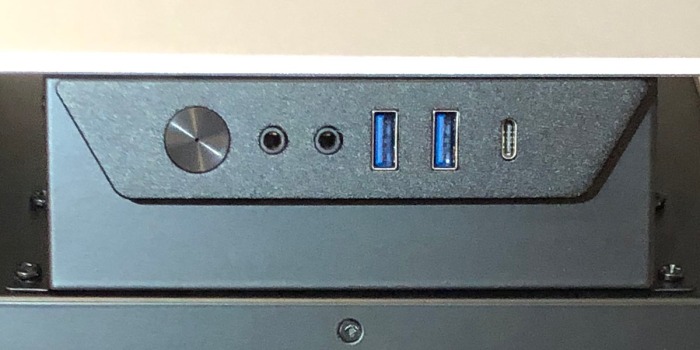
© YendorMakes 2021
The rear of the case features what you would expect – a hole for the I/O backplate, space for 1x 120mm fan and 7x expansion slots. There are also 3x vertical expansion slots, presumably for people who sold a kidney for an RTX3090 and want to show if off! At the top there is a pre-installed 120mm exhaust fan protected by the top corner of the case (much like the front intake fan). At the bottom of the case is the space for the PSU.
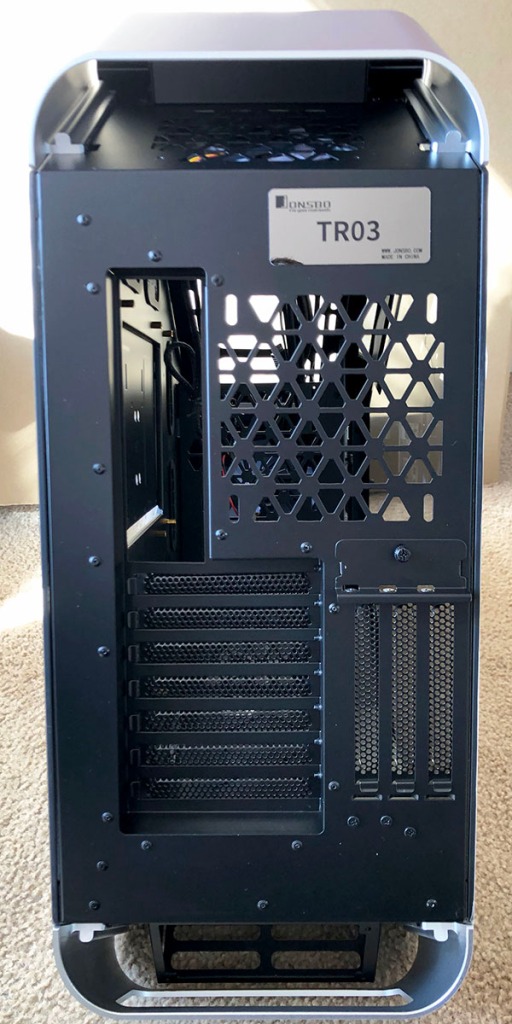
© YendorMakes 2021
The rear of the case has 3x mounting points for SSDs. There are a solid number of points for cables to be routed from the front of the case to the rear, and a decent amount of space for cabling, lighting controllers, etc…:

© YendorMakes 2021
Finally, the bottom of the case features four feet that will keep the case about 1cm up from the floor. If you’re sitting it on tile/wood you’ll be fine, but if you have thick carpet it may block the airflow at the bottom. This is where most PSUs will be drawing their air from, and there could be room to mount 2x 120mm fans if the PSU isn’t too long. The bottom also features a magnetic dust cover to keep all the intakes clean (let’s hope it works for pet hair):
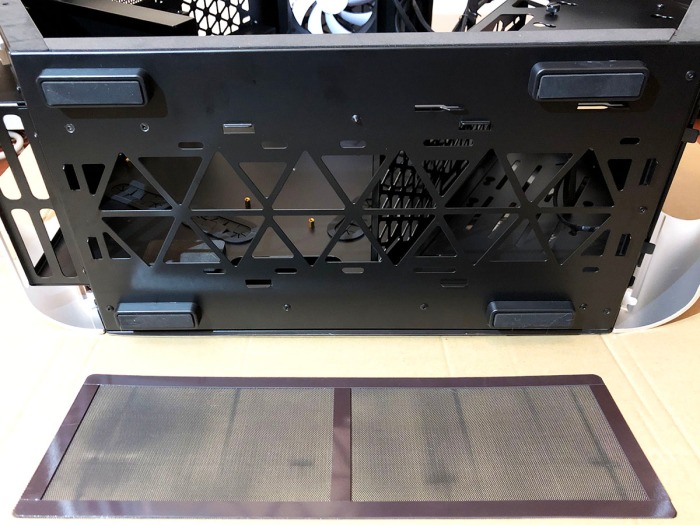
So yeah, those are my first impressions of this case. As I build my new system I’ll post up more details, including what radiators we can squeeze in and how well this weird shape works. If you have any questions, I’ve enabled comments below, so leave me a comment if you have any particular questions you want answered.
Stay tuned!
